The most important temples of Angkor – all Angkor Temples listed in chronological order when they were built. A 500 year time travel through myths and stories from the year 800 up to the 13th century.
Kulen (around 800)
Phnom Kulen is situated around 48 km north of Siem Reap. On this holy mountain, King Jayavarman I. called out the independence of Java and the Angkor-Kingdom in the year 802. For more than half a century the area served as main capital of the first Khmer-Kingdom, after it was moved to Roluos. Today Kulen is a popular traveling destination for local Khmer. On the very top of the mountain, Buddhists worship the sleeping Buddha. Afterwards they go with family and friends to the river further down the mountain to do a picnic. Whoever likes also goes into the river or right into the waterfalls to have a refreshment from the heat.
Ruluos Group
Located southeast of Angkor Wat, the Roluos Group is outside the main tourist route. The group name applies to the three Angkor temples Bakong, Preah Ko and Lolei (from south to north), whereas the Bakong has had utmost importance. The Bakong was the first great temple of the Khmer and largest building in the whole of South-East Asia. It served as a model for later and even larger temple complexes.
Phnom Krom (around 890)
Phnom Krom is a 137 m high hill in the south of Siem Reap and situated on the way to the Tonle Sap Lake. On the peak of the hill you find a pagoda and the derelict temple which was built by King of Angkor Yasovarman I. The view from there over the Tonle Sap Lake is particularly beautiful.
Phnom Bakheng (after 900)
Phnom Bakheng, located on the hill next to Angkor Thom, is one of the oldest temple in the Angkor Park. It was built by King Yasovarman as a centre piece of his capital. Phnom Bakhneg is a quadrangular pyramid with seven levels. It is the first “mountain-style” temple and represents the mountain Meru which is the home of the Hindu-Gods. Originally the highest level of Phnom Bakheng was carrying a huge sitting Buddha. However the statue itself was never finalized and collapsed under its own weight. In the 1920’s French archaeologists took away the stones of the Buddha-statue. For most tourist, Phnom Bakheng is nowadays the most popular place to watch a sunset in the Angkor Park.
Prasat Kravan (921)
The Prasat Kravan is located in the east of Angkor Wat. Hewn in brick bas-reliefs from Vishnu and Lakshmi, these are the only examples of this type of reliefs in the Angkor Park. The best time to look at the reliefs in the tower is in the morning when the light shines through the door.
Baksei Chamkrong (948)
Baksei Chamkrong is a small Hindu-Temple, built around the year 948 by Angkor King Harshavarman I. The temple is positioned on the left side of the way from Angkor Wat to the city Angkor Thom and was dedicated to the parents of the king of the Hindu-God Shiva to honour them. Golden statues of Shiva and his wife Goddess Devi, decorated the entrance of the pyramid-style temple in the old days.
East Mebon (952)
King Rajendravarman II built the East Mebon on an artificial island in the middle of the East Baray (an artificial lake that is dry today). The temple is devoted to the Hindu-Goddess Shiva and has tree levels which are decorated with statues such as elephants and lions. On the highest level are five towers. The architect of the temple is Kavindrarimathana. He is the only architect of the Khmer-Kingdom whose name was passed on through the centuries.
Pre Rup (961)
Pre Rup was built as a national temple by the Khmer-King Rajendravarman II and is dedicated to the Hindu-Goddess Shiva. The name translated means “turn around your body”. Which was a special ritual for burials by turning around the ashes of the deceased body. Located in the south of East Baray, Pre Rup is oriented on a north-south axis together with the eastern Mebon Temple. One of the towers carries an inscription on the doorpost which says that the temple was built by Jayavarman VI. This is the only existing proof of his reign in Angkor.
Banteay Srey (967)
Built towards the end of King Rajendravarman II reign, the Banteay Srei Temple is known as one of the most artistic in the old Angkor-Kingdom of the Khmer. The name Banteay Srei means “bastille of the women” or “bastille of beauty”. The temple is located 28 km north of Siem Reap.
Phimeanakas (1011)
Located in the Angkor Park, the Phimeanakas is a Hindu-Temple that was built at the end of the 10th century during the reign of Rajendravarman and later on re-constructed into a sandstone-pyramid by Suryavarman II. It is the highest temple with extension in the capital Angkor Thom, positioned to the west of the Elephant’s Terrace. The Phimeanakas Temple is 40m high, including the existing rest of the gallery on the roof. Unfortunately all reliefs are destroyed but the view from there is still amazing.
Ta Keo (after 1000)
Jayavarman V. wanted to build with the Ta Keo Temple one of the biggest temple in the Angkor Parc. Ta Keo was dedicated to the Hindu-God Shiva. Just before finishing the temple construction works stopped and the temple stayed uncompleted. Ta Keo is situated outside of Angkor Thom in the East of the city.
Western Baray (after 1050)
Although not really a temple, this building had an important role in the Angkor Par. A Baray is a water reservoir and always rectangular. The Western Baray has a size of 2,1 times 8 kilometres oriented from West to East. As the name says already, the Western Baray is situated in the west part of the city Angkor Thom. Among Cambodians the city is a popular destination for day-trips.
Baphuon (around 1060)
Built by King Udayadityavarman II., the Baphuon Temple lies in the city centre of the former city Yasodhapura – where is today the smaller city of Angkor Thom. Although the Baphuon is a monumental temple hill, it is situated slightly north of Bayon and to the west of the main road which lead to the terrace of elephants. The Chinese diplomate Chou Ta-Kuan described the temple as extraordinarily pretty. It is only thanks to his written work that we know today about how Khmer used to live in the 13th century.
Thommanon (after 1100)
On the way out of the city Angkor Thom toward east along the „Victory Way“ is situated a pair of temples, one on the left and one on the right side: Thommanon and Chao Say Tevoda. King Suryavarman II. built the Thommanon Temple during his reign (1113 – 1150). Over a long period of time the former Hindu Temple was known as a holy place for prayers until they started to build other Angkor Temple. In the sixties of the 20th century the Thommanon Temple was carefully restored.
Chau Say Tevoda (after 1100)
In comparison to Thommanon, the Chau Say Tevoda is a smaller Angkor Temple. Already renovated in the 1920’s, it had to be restored again from 2000 to 2009, allowing only limited access (an initiative from China). At the end of 2009, Chao Say Tevoda was reopened and is now fully accessible again.
Preah Pithu (beginning of 12th century)
Preah Pithu is a group of five temples in the city Angkor Thom and situated north-east of the Bayon Temple. Although the temples are positioned close to each other, only two of them were built at the same point of time in history. They are identified through the letters T, U, V, W and X whereas the ‘X’ symbolises a Buddhist temple. This temple was never completed and it’s likely to be the last built out of this group.
Angkor Wat (around 1140)
Built in the early 12th century, as the capital city of King Suryavarman II., Angkor Wat is today the worldwide largest religious building and main attraction for tourists. Thousands of craftsman, workers and slaves worked almost 40 years on this monument. All surfaces are decorated with sceneries from legends, wars and daily life of the Khmer. In addition there are 2.000 sculptures of Apsara Figures.
Beng Mealea (around 1150)
Until today it is unclear when exactly and und which sovereignty the Beng Mealea was built. According to the style it is likely to be part of King Suryavarmans’ II. reign, however proof is missing. Beng Mealea lies 40 km north-east of Siem Reap on the way to the plateau Phnom Kulen.
Banteay Samré (around 1150)
The Banteay Samré lies in the east of the city of Angkor Thom close to the connecting street 67 which leads to the plateau Phnom Kulen. The name Baneay Samré means “fortress Samré” and is from an old tribe that used to live there. The architecture of the temple with its red tile roofs is part of the classic styles out of the Angkor time. A special characteristic of Banteay Samré is that the reliefs and decorations of it are a mixture of Hindu and Buddhist symbols.
Ta Prohm (1186)
The Ta Prohm Temple looks exactly the way as French archaeologists have found it a couple of centuries ago. Left untouched – aside of restoring derelict masonry, so no visitor gets hurt. Figs, Banyan and Kapok trees spread their gigantic roots over the stones, pierce through walls and terraces so that their twigs build a roof over the masonry of the Ta Prohm. The temple got famous especially through the movie Lara Croft: Tomb Raider with Angelina Jolie as main actress. The monumental ruins served as setting. In the bottom, the “mini-figure”, that’s me. :-)
Preah Khan (1191)
Preah Khan is situated north-east out of the city walls of Angkor Thom. It is assumed that Preah Khan was the temporary capital city of King Jayavarman VII. until the completion of Angkor Thom. Preah Khan was scenery of the most important battle of the Khmer against Cham, where the King of Cham was killed.
Ta Som (end of 12th century)
The Khmer-Temple Ta Som, situated on the eastern end of the northern Baray in Angkor, was built during the reign of the powerful Buddhist King Jayavarman VII towards the end of the 12th century. There is little known about the history and meaning of Ta Som. With a similar architecture it is seen as miniature of the Ta Prohm Temple.
Bayon (end of 12th century)
The Bayon counts to the most popular and impressive temples of the archeologic park of Angkor. Especially its towers are famous with its meter-high faces carved into stone. In total it has 54 towers, which represent the 54 provinces of the Khmer-Kingdom. The Bayon was built at the end of the 12th century during the reign of King Jayavaraman VII., placed in the middle of the city Angkor Thom it is dedicated to Buddha.
Srah Srang (end of 12th century)
The Srah Srang is another artificial water reservoir in the archeologic park of Angkor. It lies in the south of the East-Baray and east of the Banteay Kdei Temple. Srah Srang is 700 times 350 metres and is still flooded. On the opposite site to the Banteay Kdei Temple is a boat bridge which is a popular place for watching the sunrise.
Krol Ko (end of 12th century)
The Krol Ko is a small Buddhist Temple – built in the 12th century by King Jayavarman VII. The name Krol Ko means “Park of the Oxen”. The temple is located only a couple of hundred metres away from the artificial island Neak Pean.
Ta Nei (end of 12th century)
Ta Nei is a small Angkor Temple and was built under King Jayavarman VII reign late in the 12th century. Some believe the temple served as hospital. Currently the temple is in a pretty bad condition and can only be visited through a small path in the forest.
Angkor Thom (around 1200)
Angkor Thom was the last and most steady capital of the Khmer-Kingdom. The fortified city was built through Angkors biggest King Jayavarman VII. (1181 – 1219). It was the centre of his massive construction plan. Angkor Thom is surrounded by a „jayagari“ (additional wall). The city has five vast gates – on this picture you see the north gate.
Neak Pean (around 1200)
In the middle of the north of and today dry Baray lies a little island with an Angkor Temple called Neak Pean. Built by Khmer-King Jayavarman VII. it is in the middle of a Lotus-pattern with eight pools. Neak Pean means “curved snake” – which surround the temple. Neak Pean is oriented in the direction of the statue of the horse Balaha, which was supposed to protect sea man from drowning.
Preah Paliley (end of 12th century)
It is likely that Preah Paliley was built by King Jayavarman VII. in the 12th century and dedicated to Buddha. In front of the temple one can find a statue of Buddha. A lot of Cambodians meet here for prayer. Preah Pailay is also a common meeting point for Monks and Nuns.
Prasat Suor Prat (beginning of 13th century)
Prasat Suor Prat, the „tower of the ropedancer”, consists of a row of 12 towers. They are north of the Bayon Temple and on the right side of the terrace of elephants in the city Angkor Thom. The so called alley of victory, which crosses in the middle the main plaza of Angkor Thom, divides the row of towers into two parts with 6 towers on each side.
Banteay Kdei (beginning of 13th century)
The Bantaey Kdei Temple is a Buddhist temple, also known as the „citadel of the monks”. Banteay Kdei is from the sovereignty of King Jayavarman VII. and build in the style of the Bayon architecture. It looks similar to the Angkor temple Ta Prohm and Preh Khan but is much smaller. The Banteay Kdei is constructed out of sand stone.
Terrace of the Elephants (beginning of 13th century)
The Terrace of the Elephants was built at the beginning of the 13th century by King Jayavarman VII. towards the end of his reign, a platform to welcome the returning and victorious armies. The 350m long Terrace of the Elephants was used as a huge stage for public ceremonies. The middle part of the supporting wall is decorated with life-size Garudas (a bird that is used as mount) and lions.
Terrace of the Leper-King (13th century)
The Terrace of the Leper-King is a terrace wall with deeply cut into Nagas (demons and other mythological creatures). The so called “Leper King” terrace is built north of the Terrace of Elephants. It is named after the sitting statue that once was placed on the platform but is now in the national museum in Phnom Penh. Reportedly the statue is a portrayal of King Yasovarman I. (899-910). He was the one to build the first Angkor city but then sicken with lepra and died. However, until today it is not confirmed.
More info for your stay in Siem Reap
In these articles, you can find further information here on visit Angkor for your stay in Siem Reap:
- Visas -The most important information at a glace
- Siem Reap: Arrival
- Angkor-Pass: New Prices from 1.2.2017 – full details
- Let’s go to Angkor Wat, but what should I wear?
- 34 Sunset Points in the Angkor Park
- What is the Code of Conduct for Angkor
- Beyond Angkor: 100 things to do in and around Siem Reap
- Behaviour – 18 tipps
- Climate in Cambodia

Affiliate*
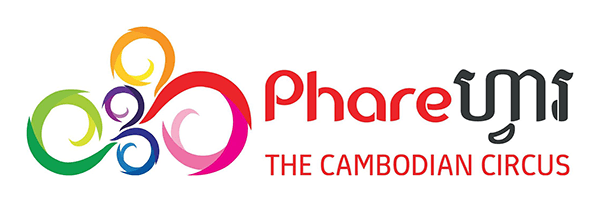
Phare, the Cambodian Circus
A highlight in Siem Reap! Buy tickets online directly on the Circus Phare website*.
Links and references with a * are an affiliate link (advertising link). If you like Visit Angkor and buy, book or subscribe to something via an affiliate link, the provider will make a small commission for Visit Angkor. Of course, there are no additional costs for you.
Join our Facebook group
International travel group with friendly people who love Cambodia. We speak English, German and a little Khmer.
By the way: We write here at Visit Angkor with a lot of passion and love. Nevertheless, it can happen that information is no longer up to date or perhaps even incorrect. We would be happy to hear from you so that we can update the information accordingly. Thank you very much!

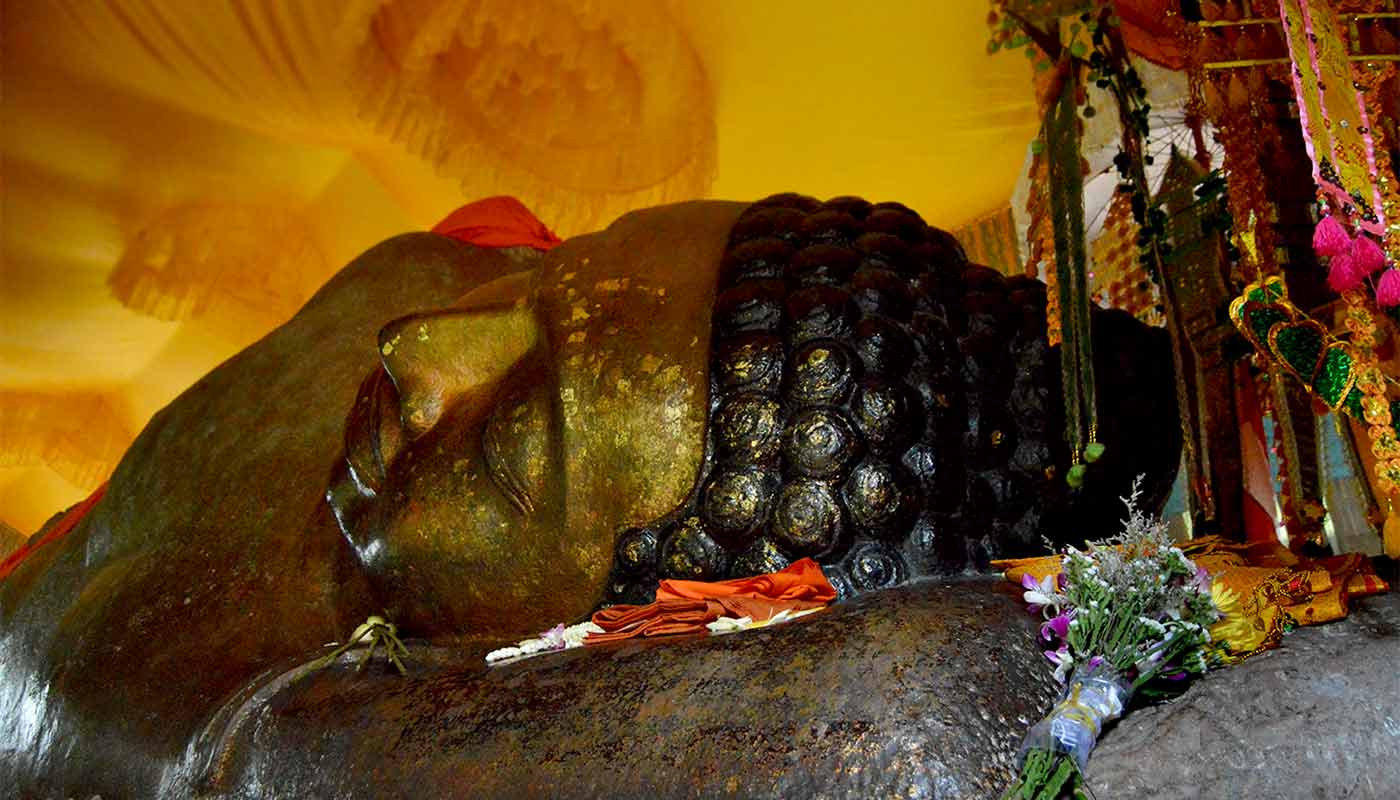
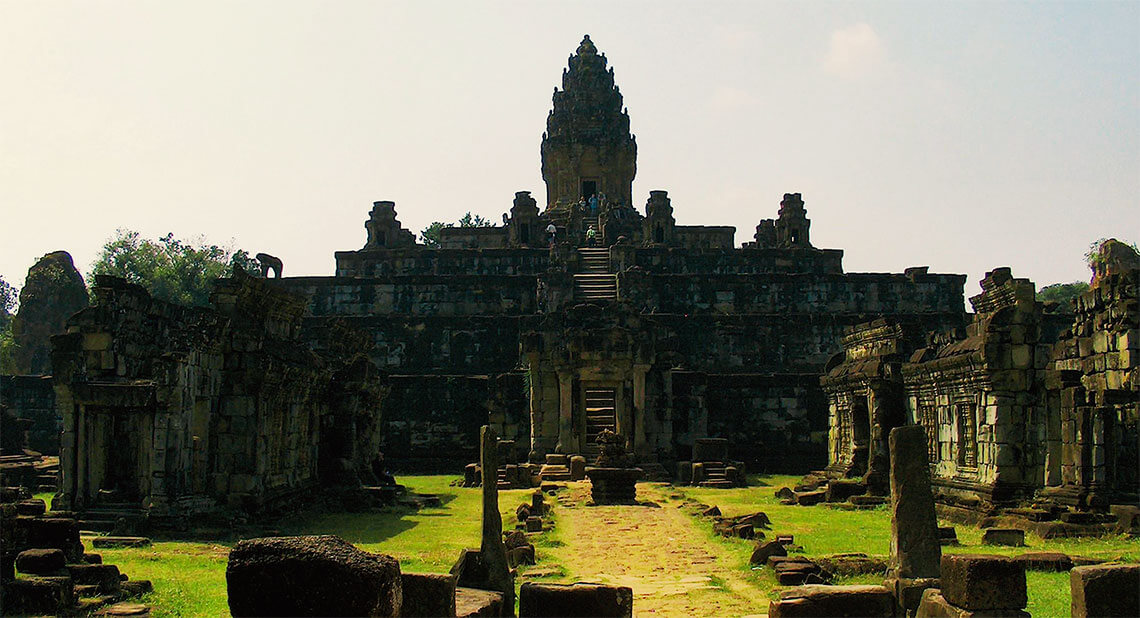
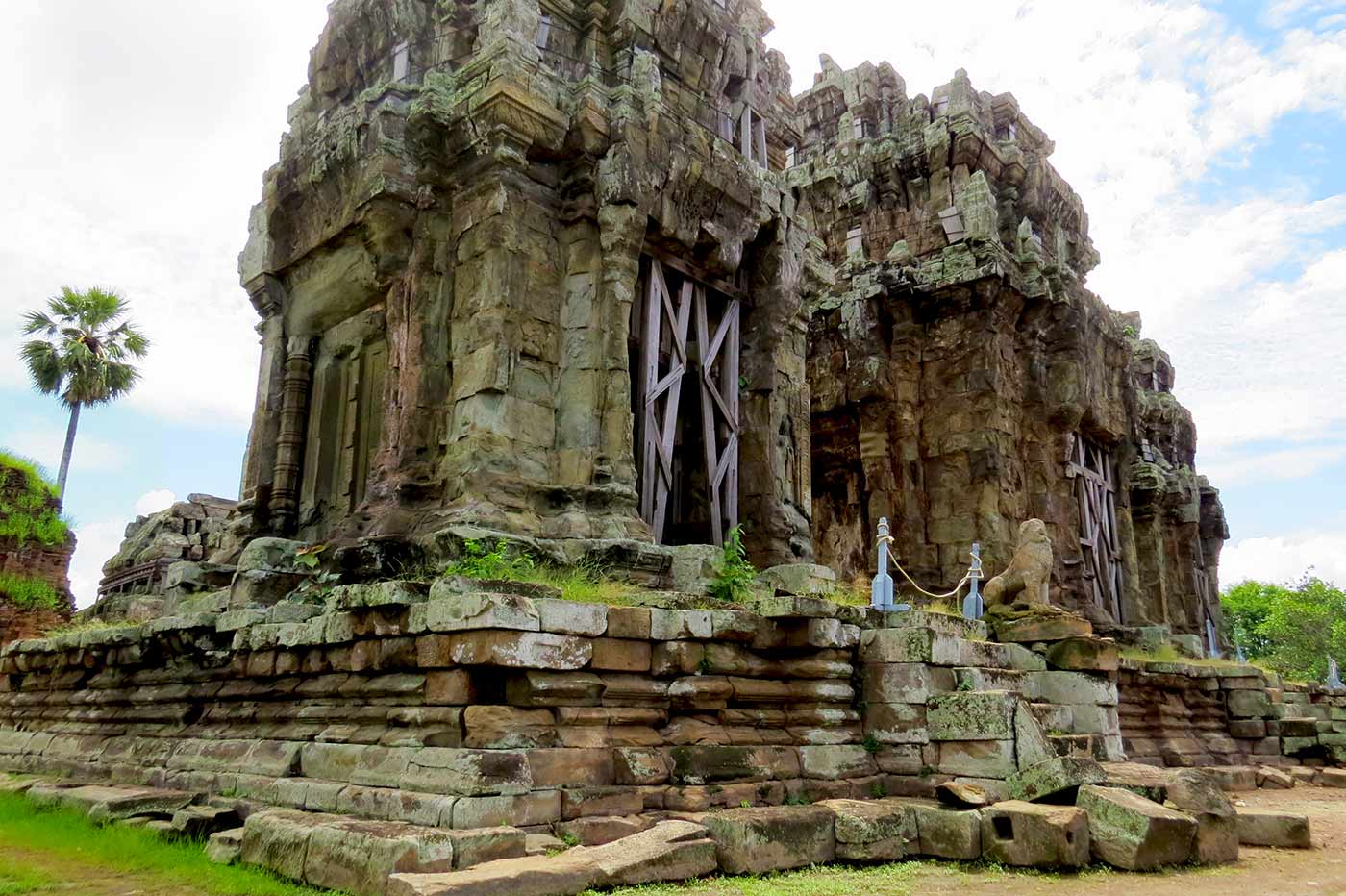
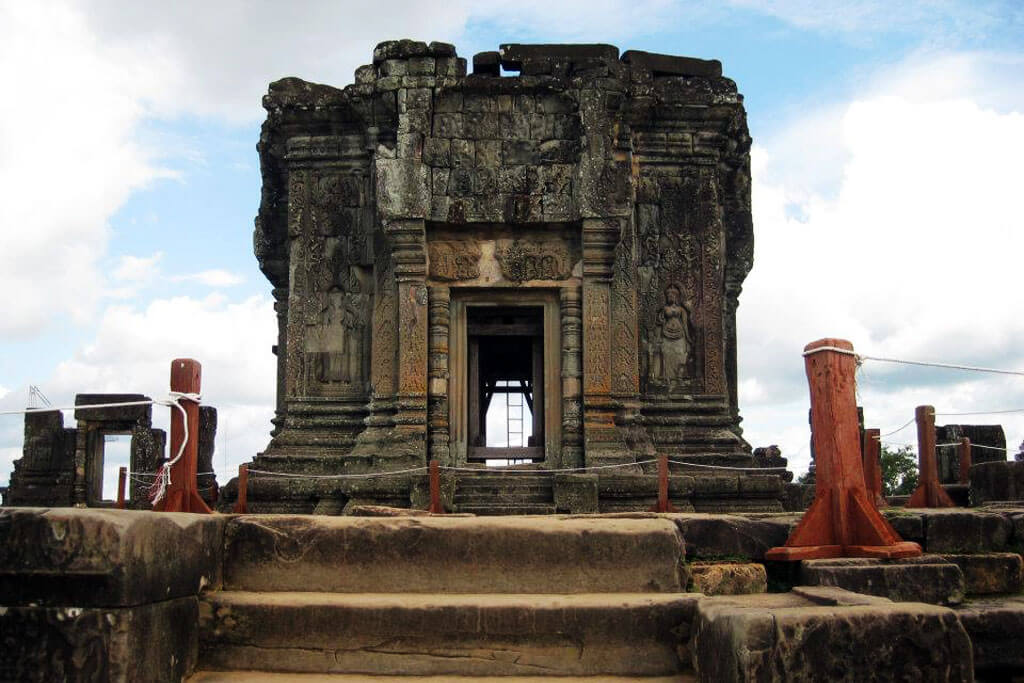
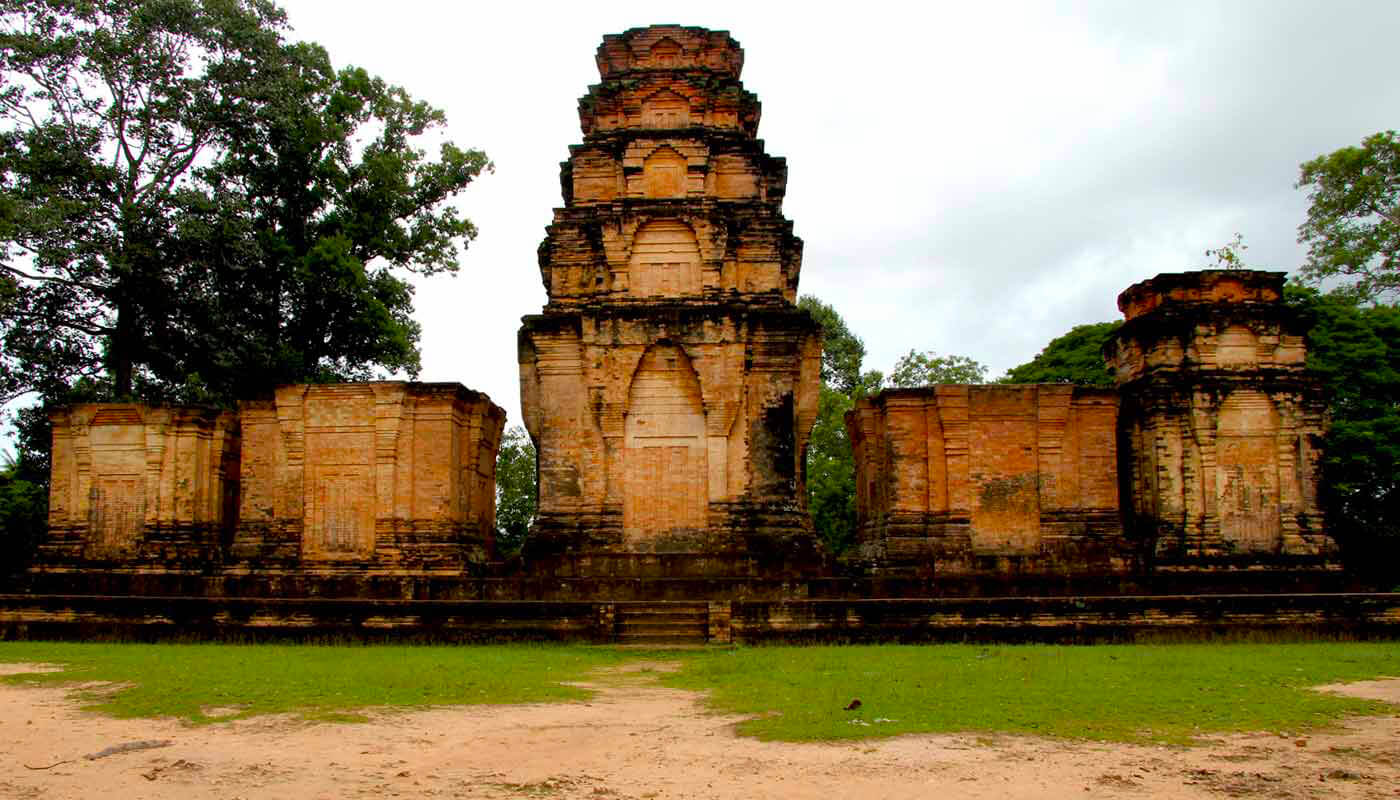
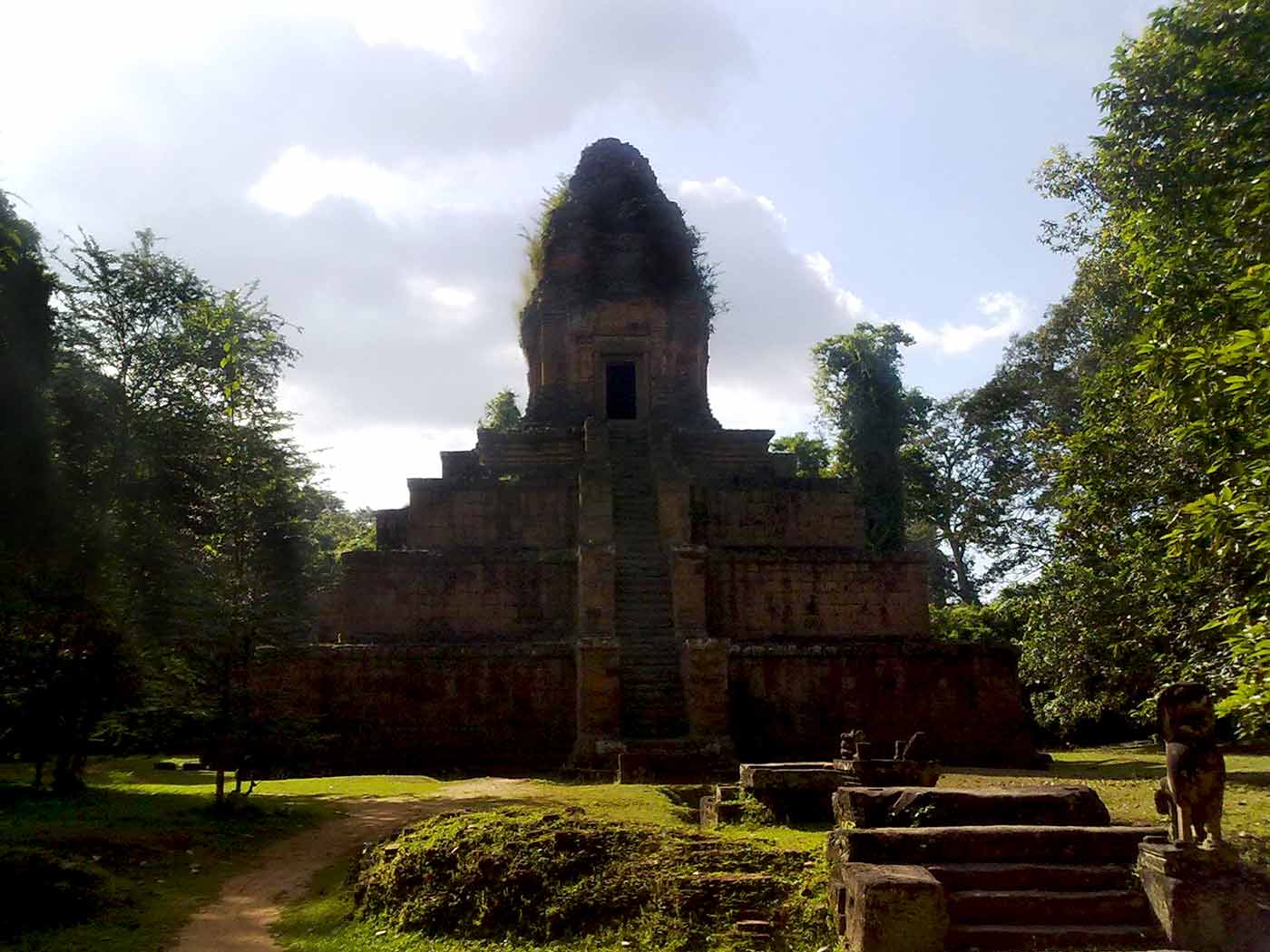
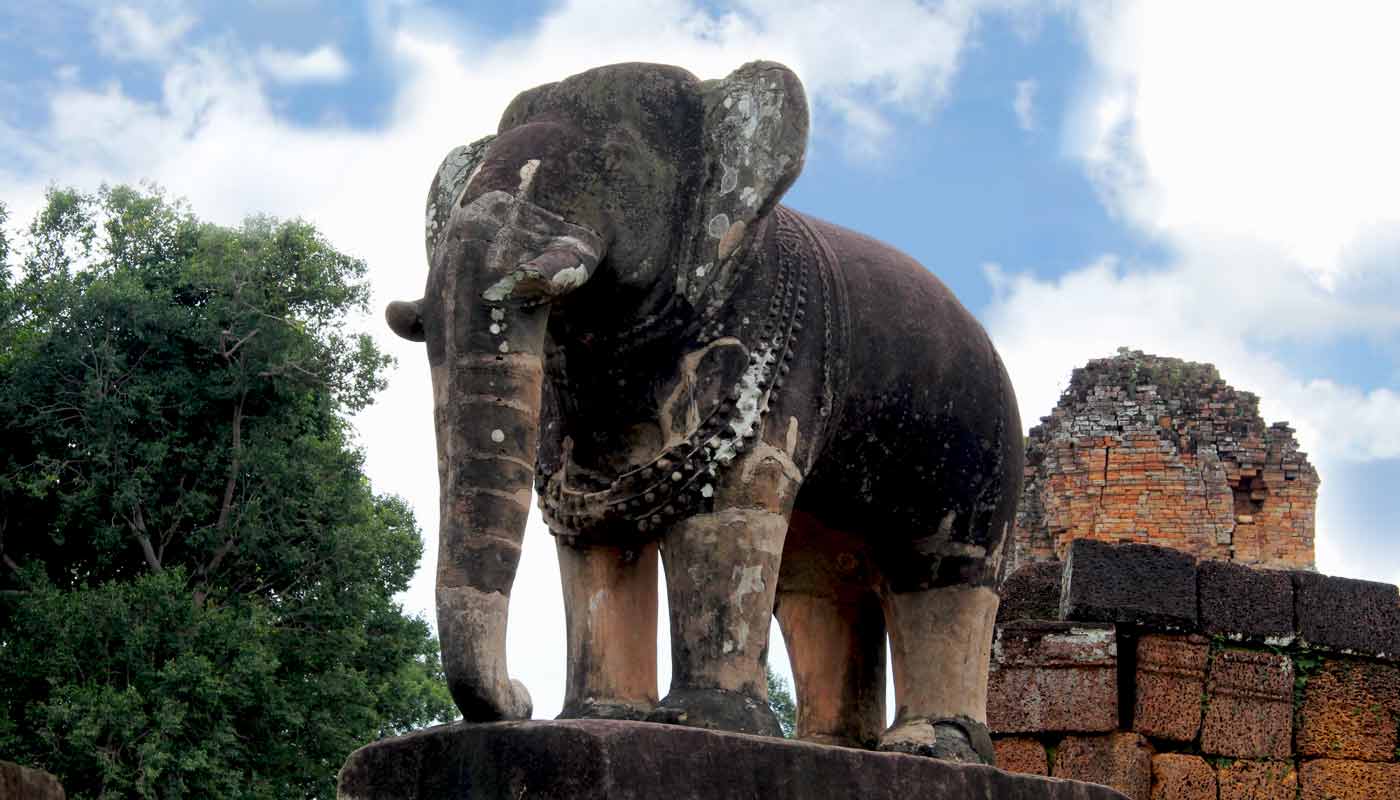
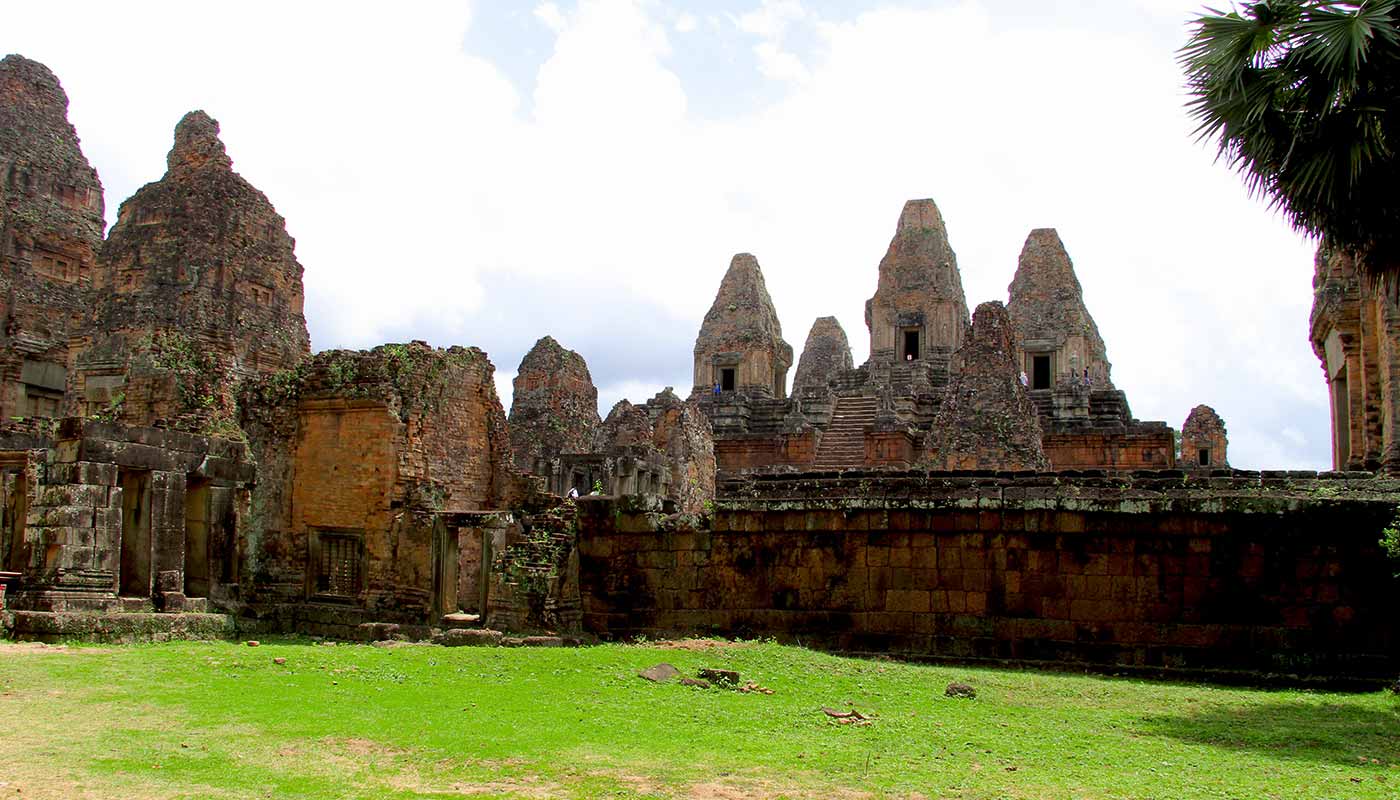
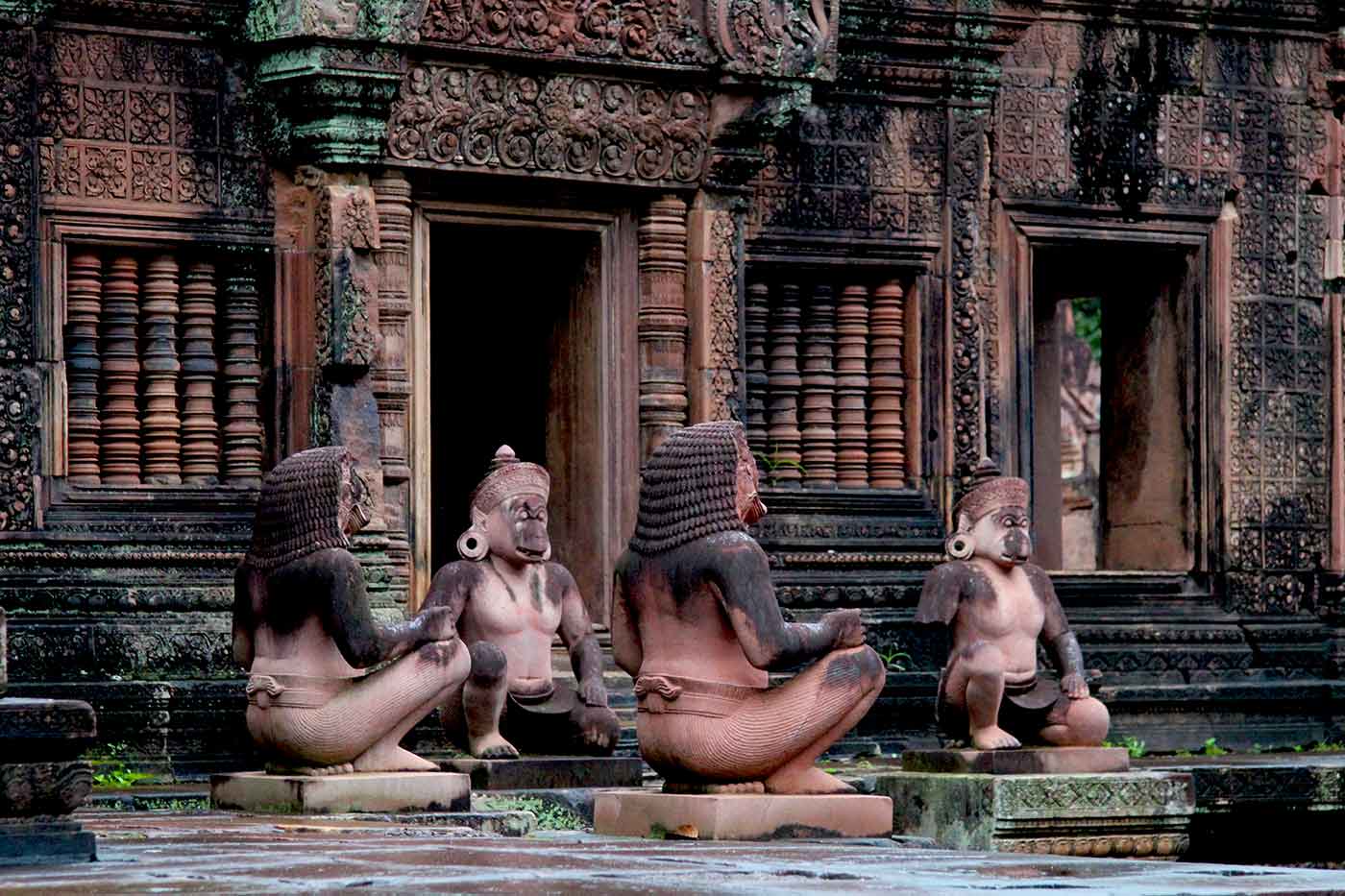
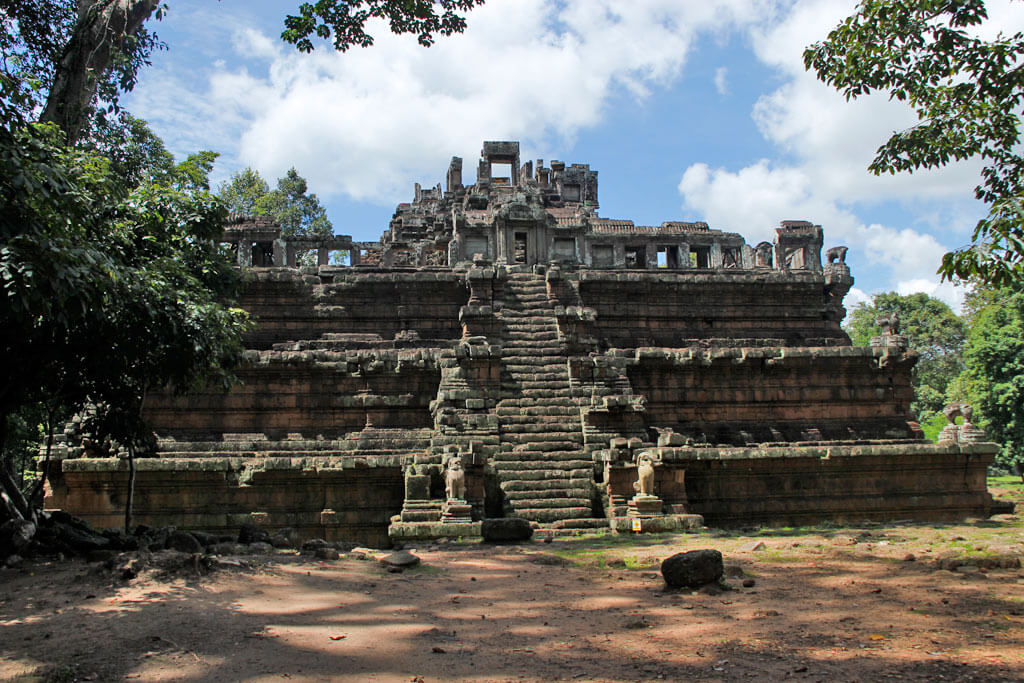
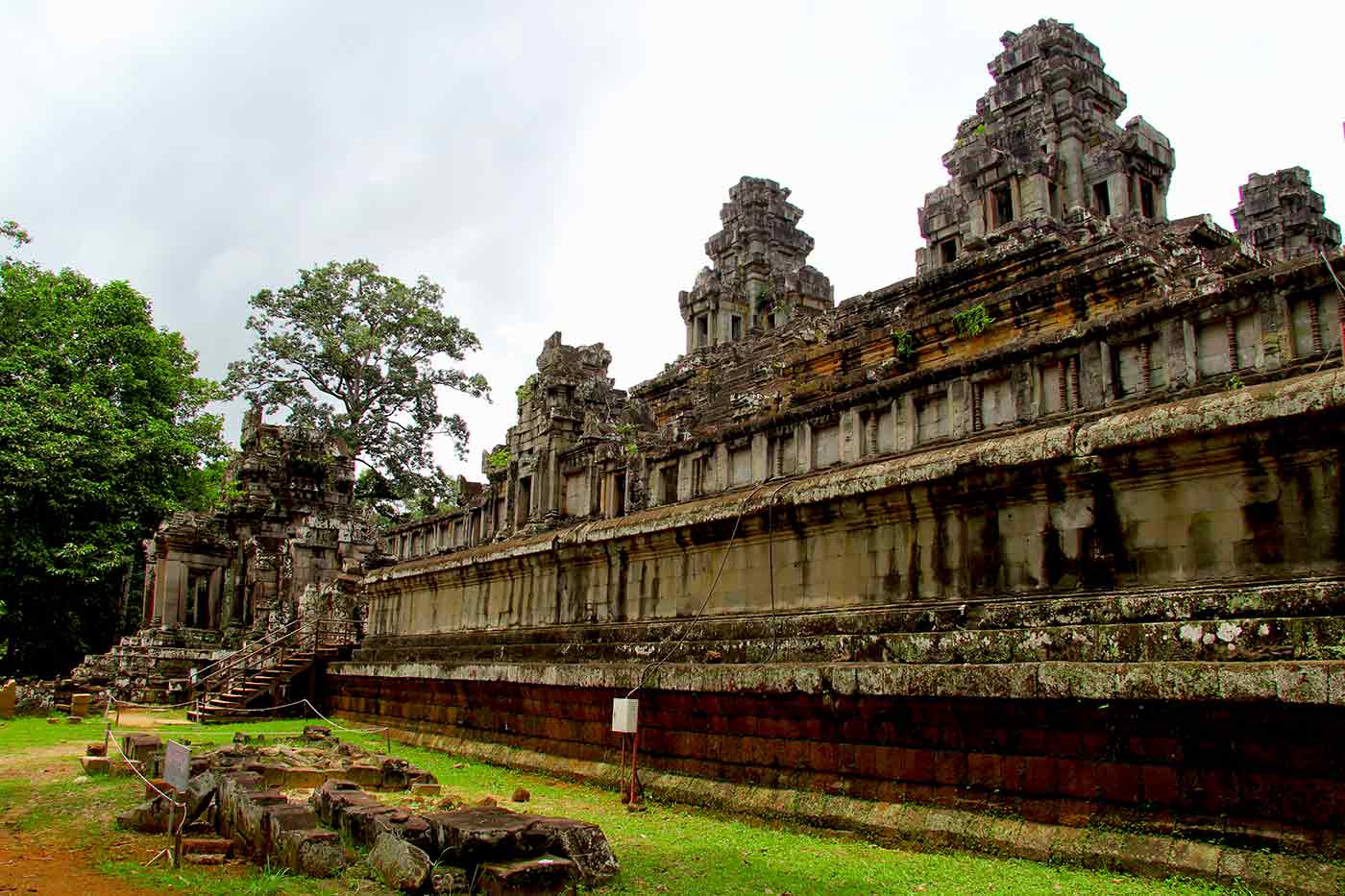
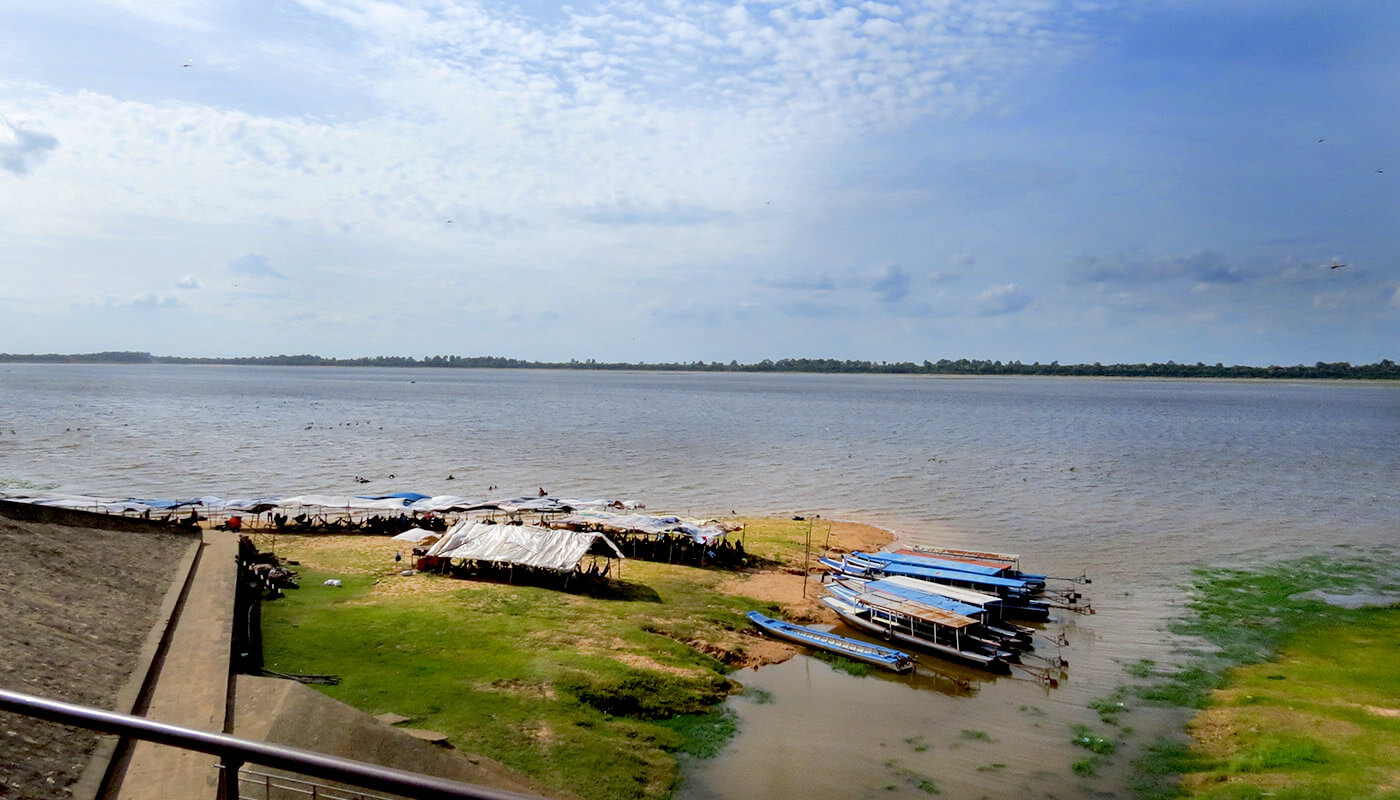
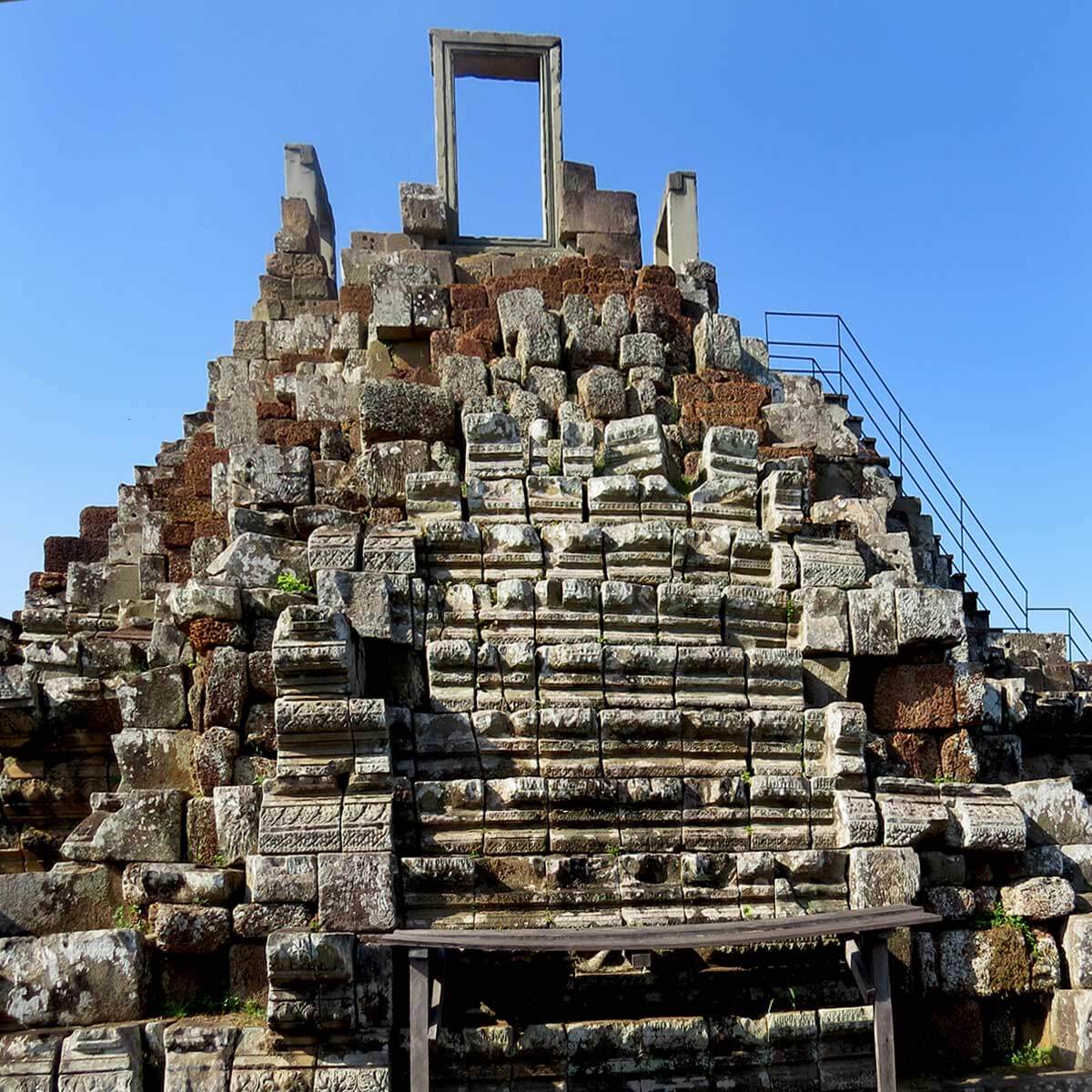
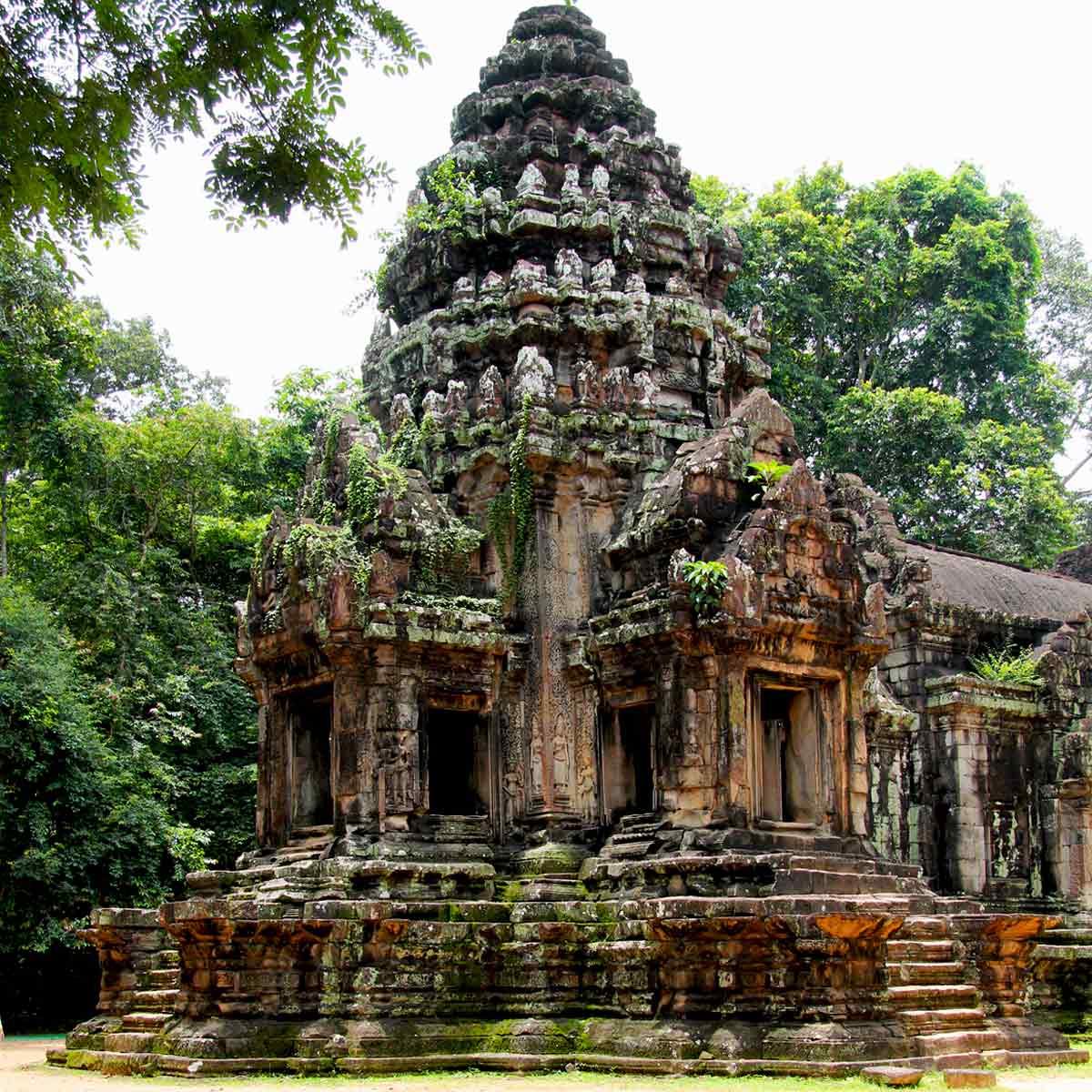
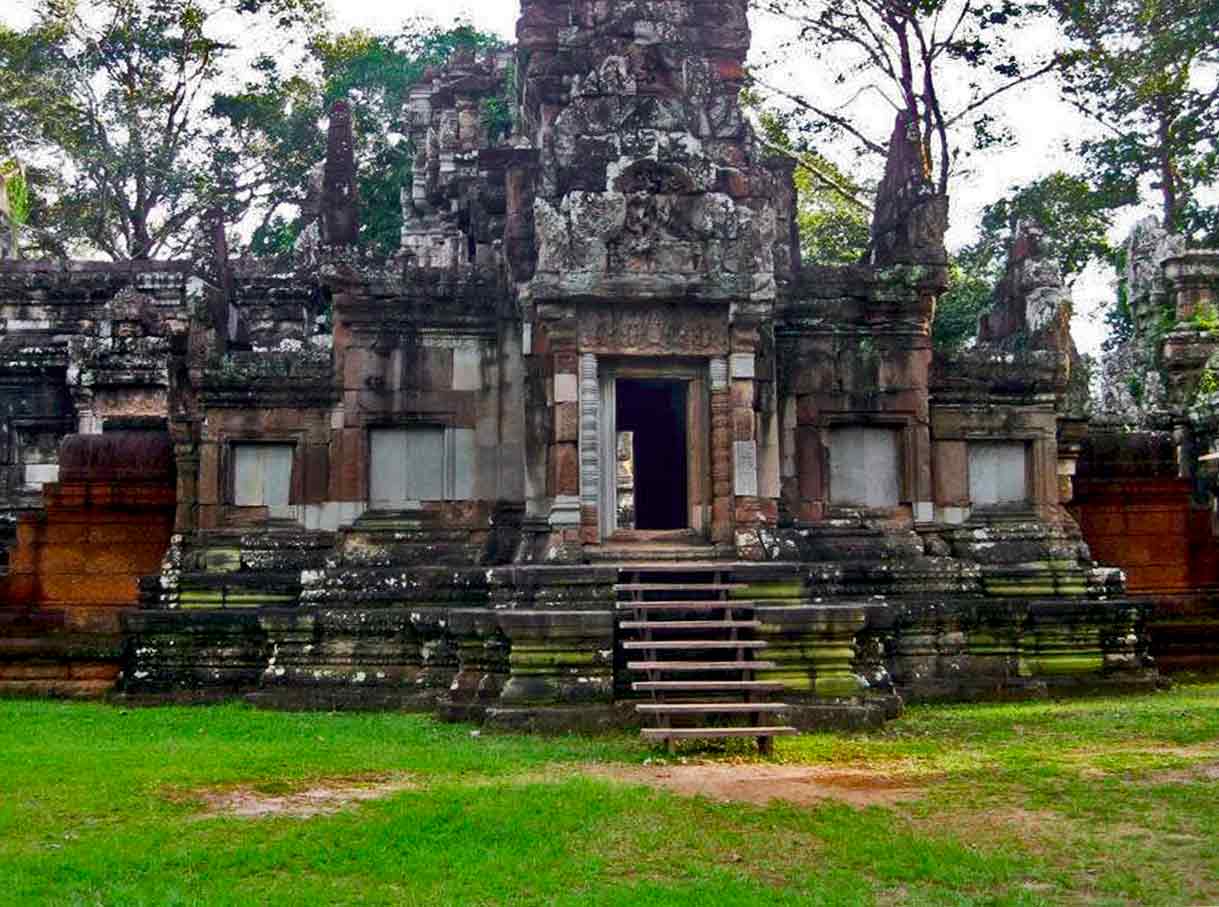
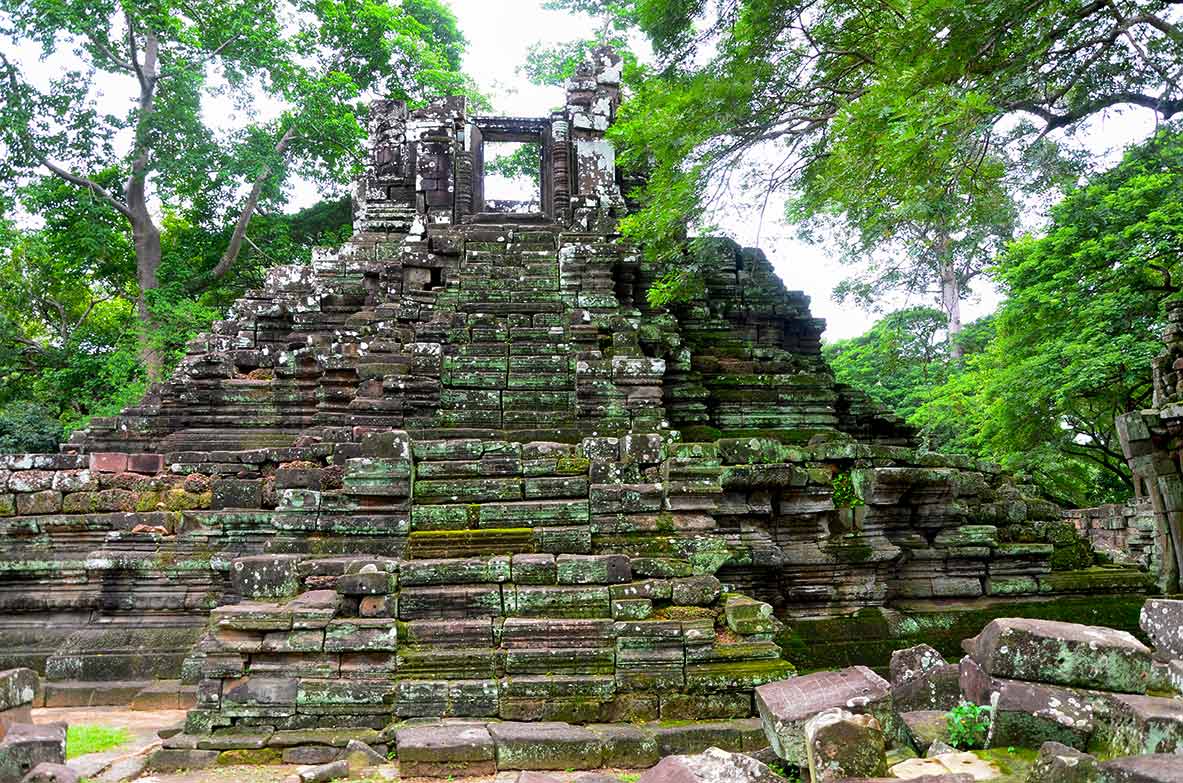
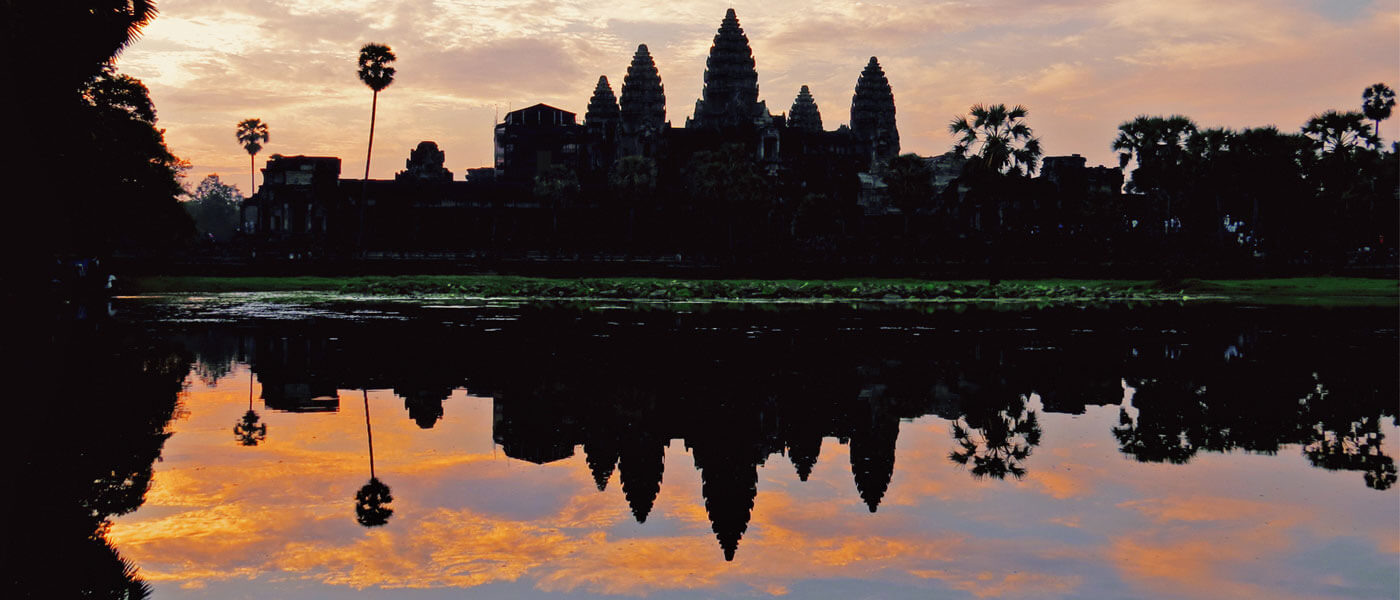
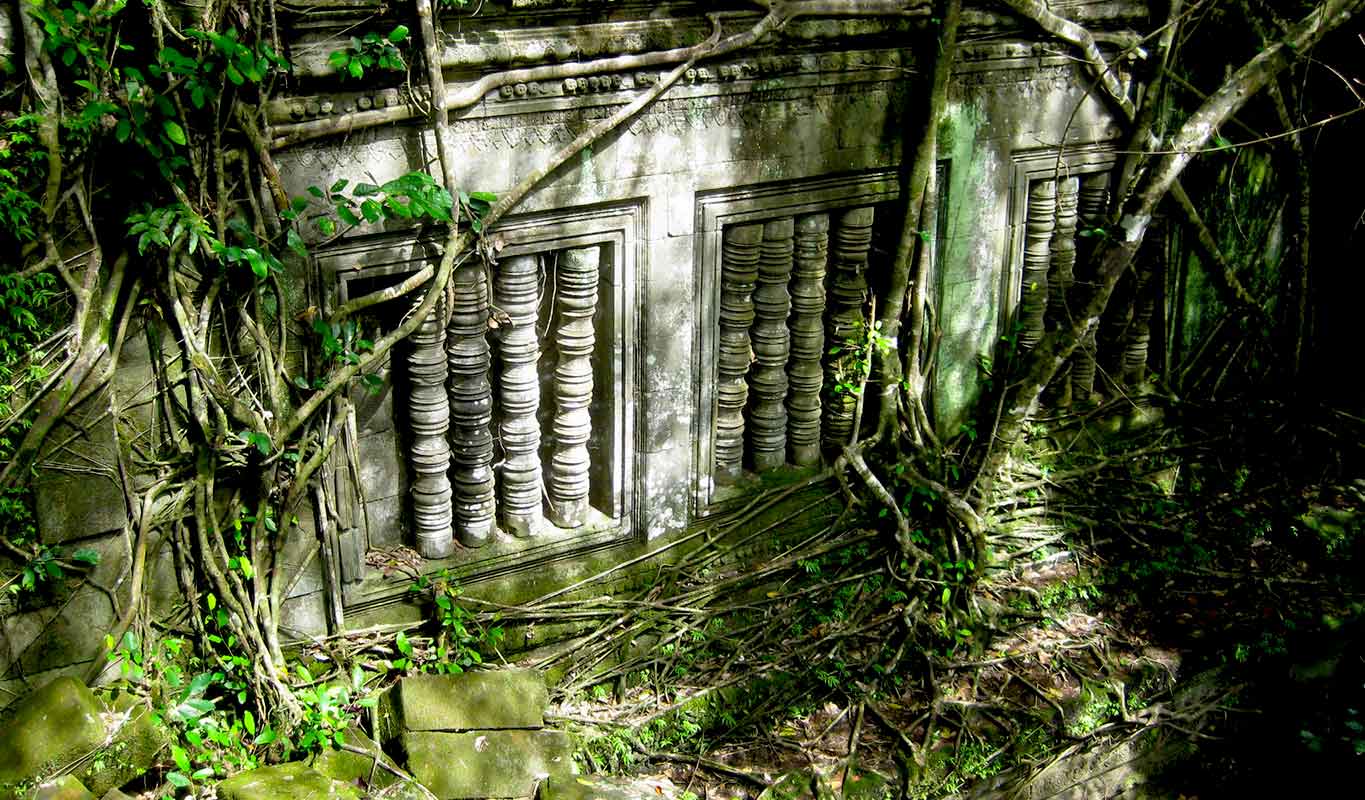
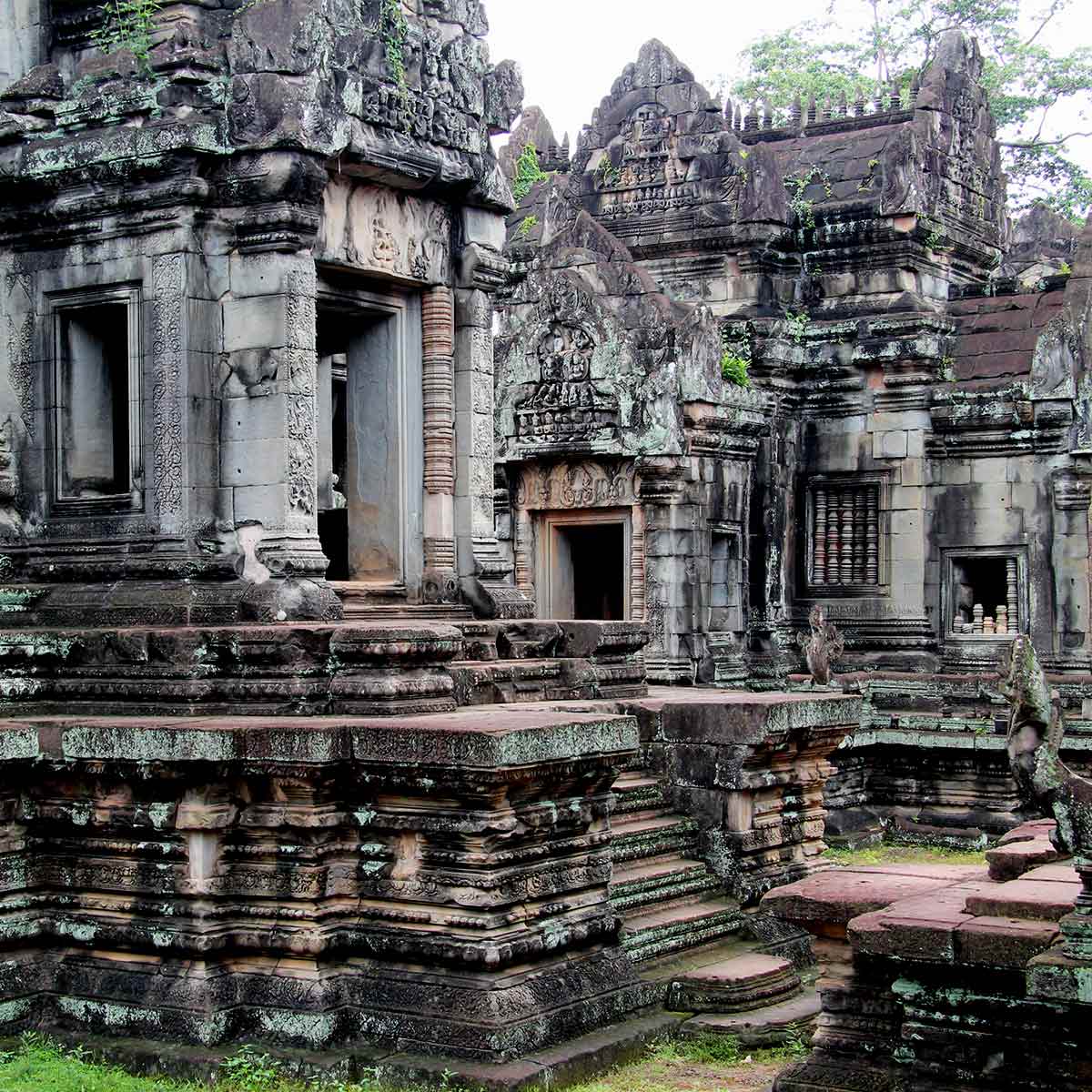
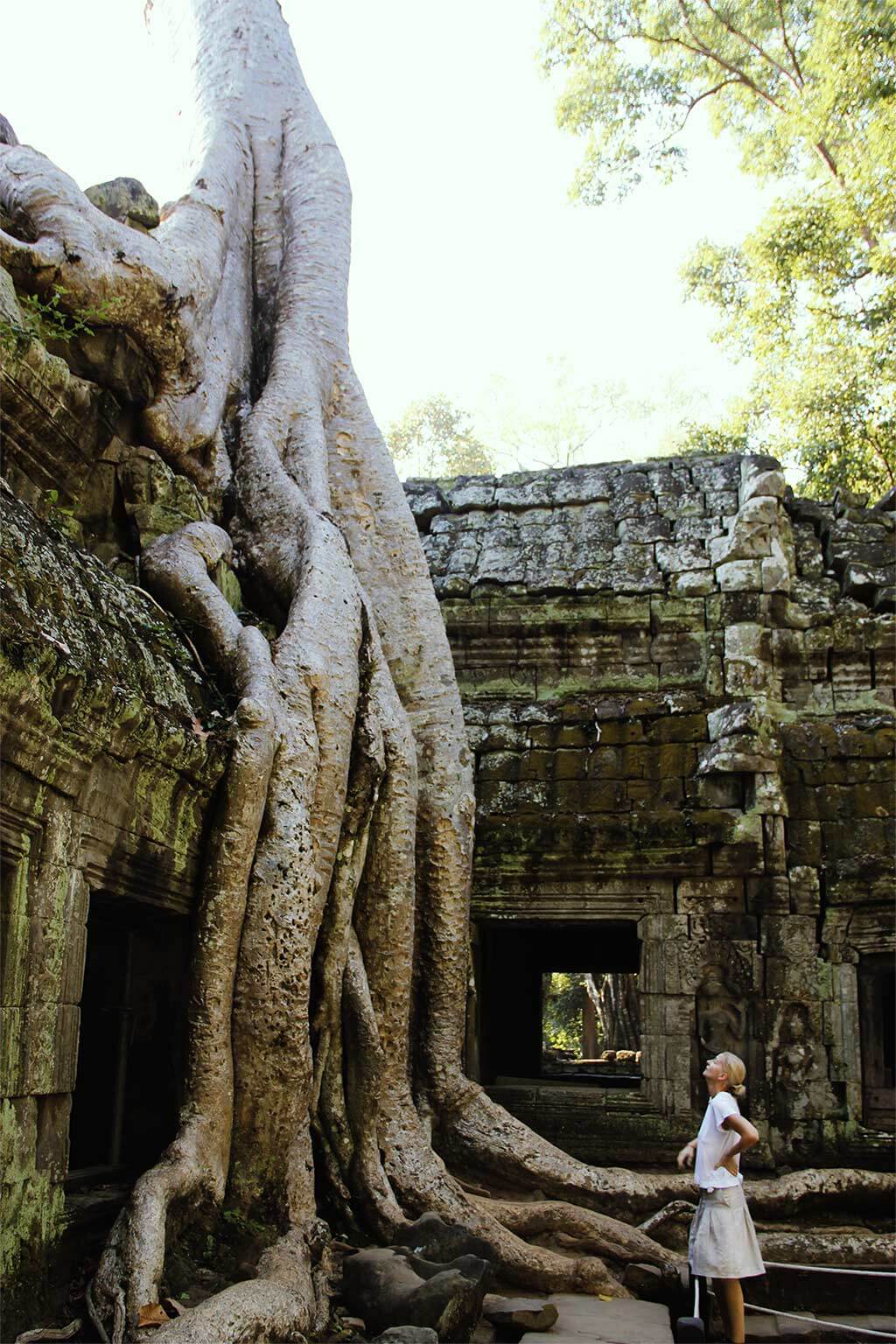
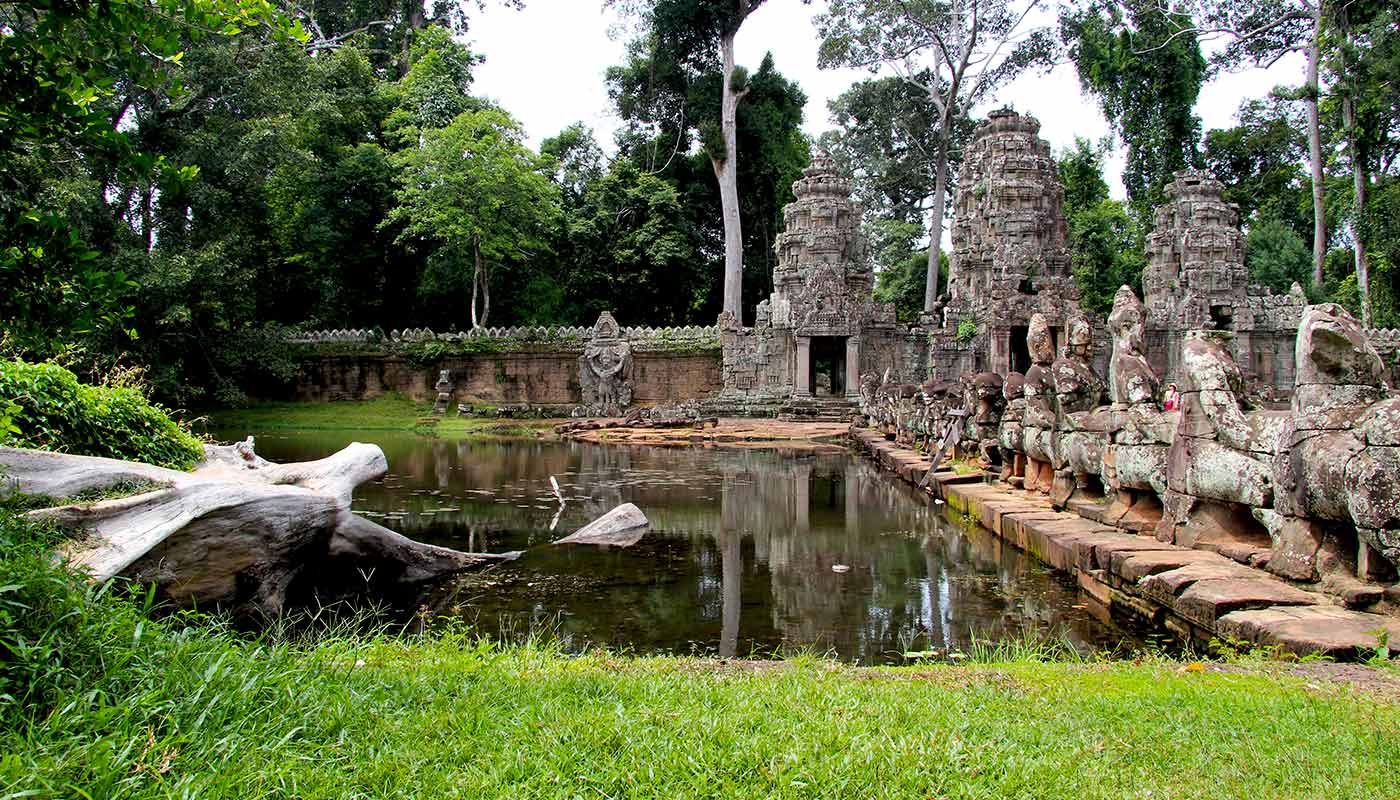
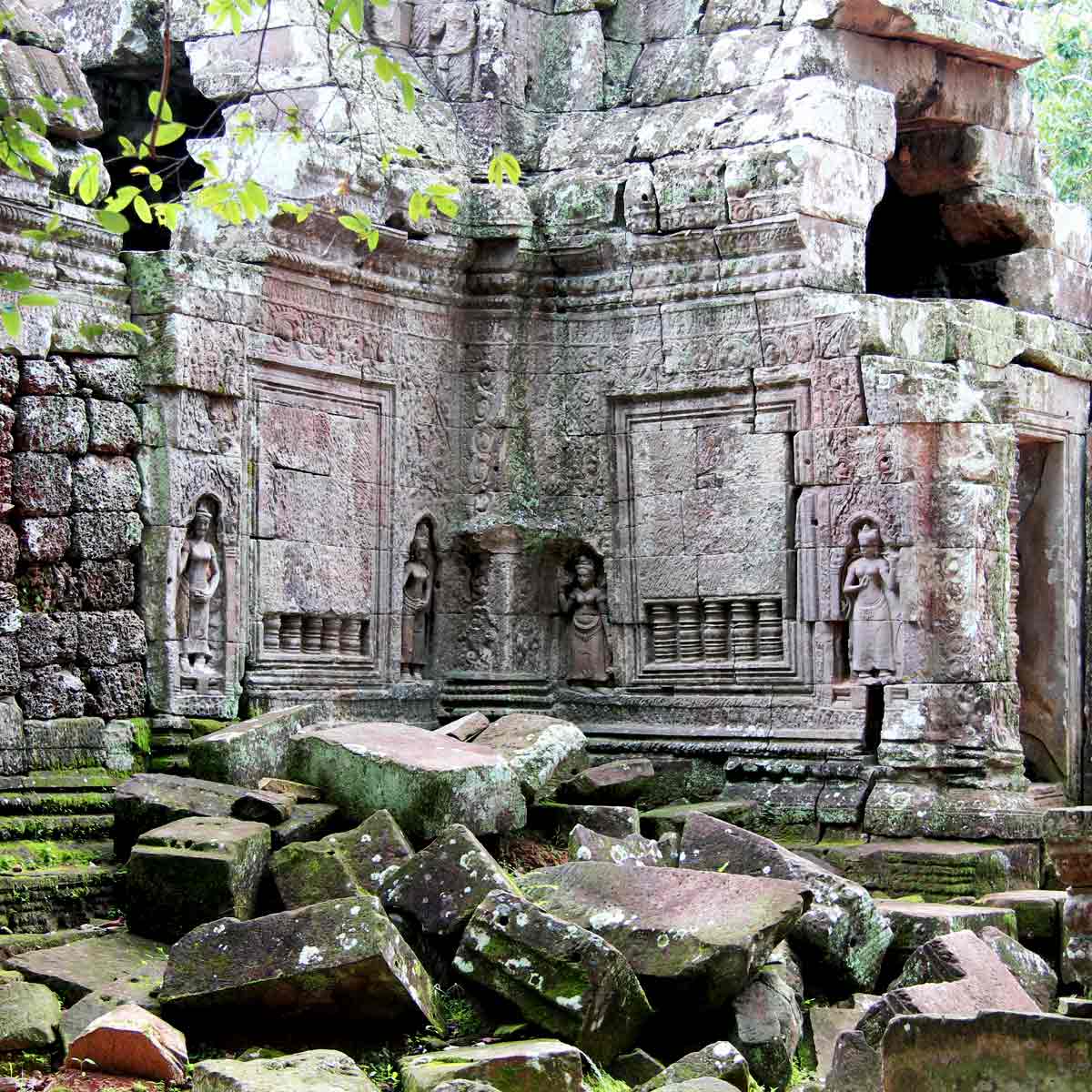
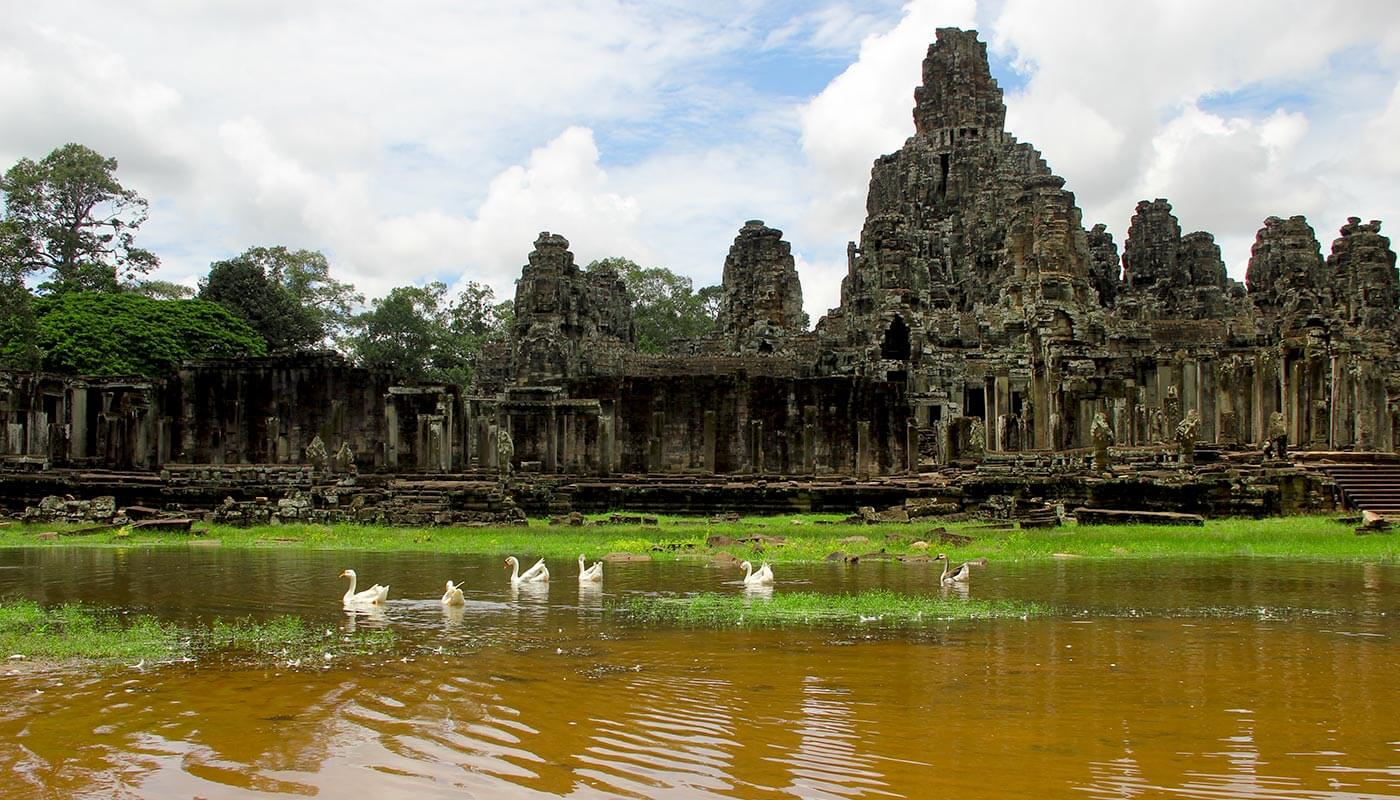
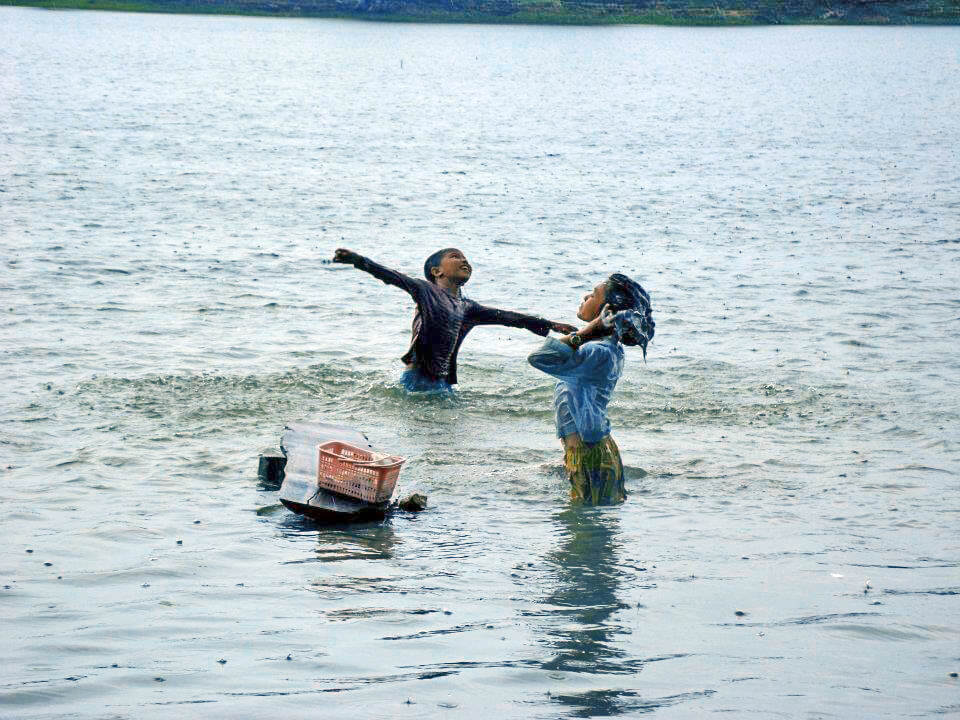
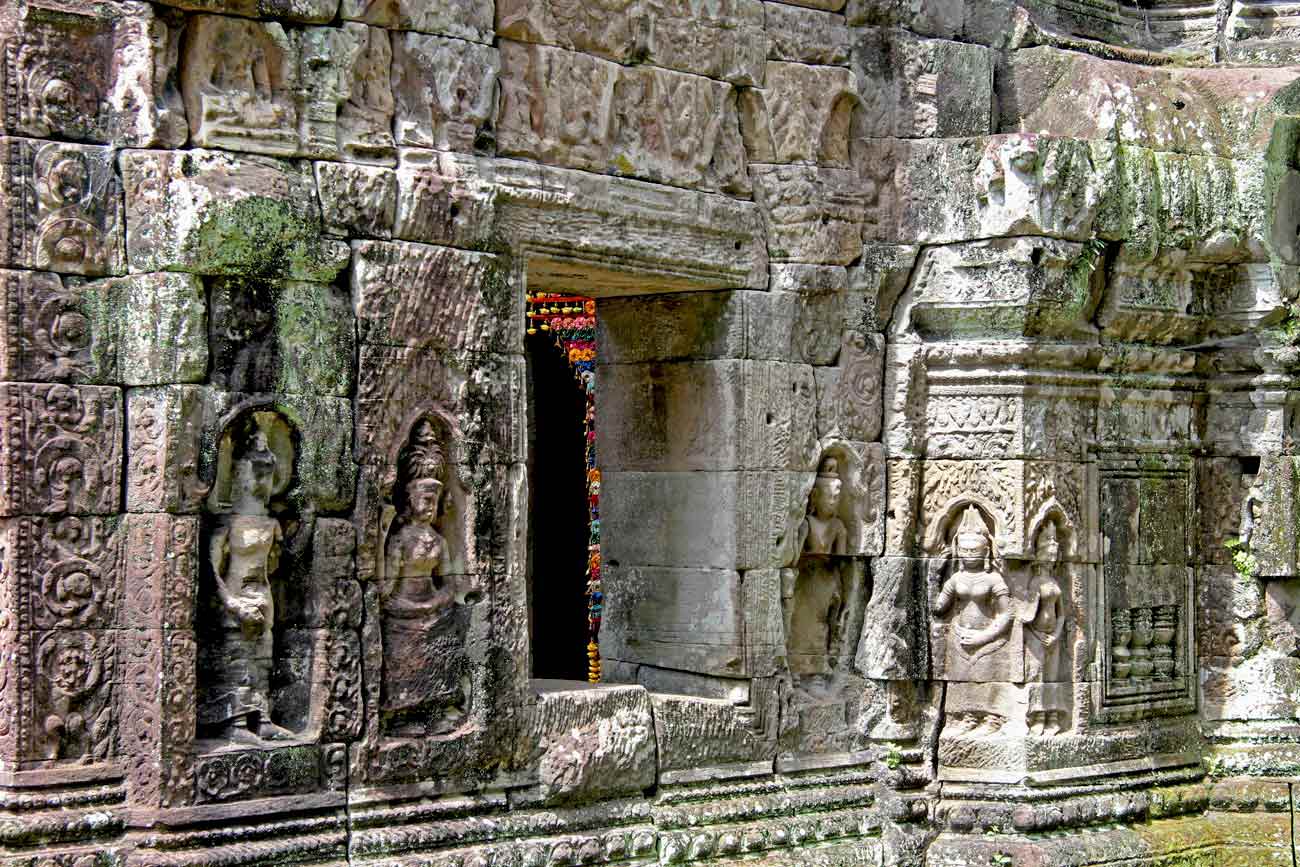
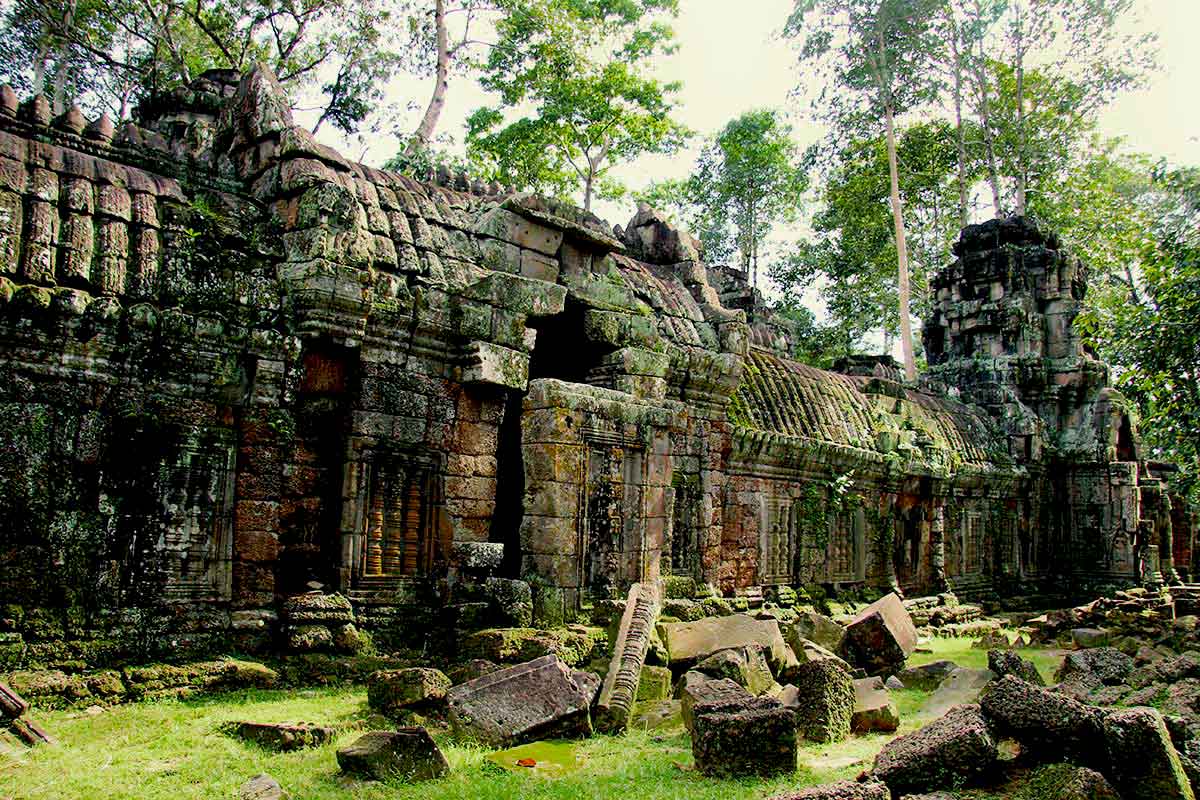
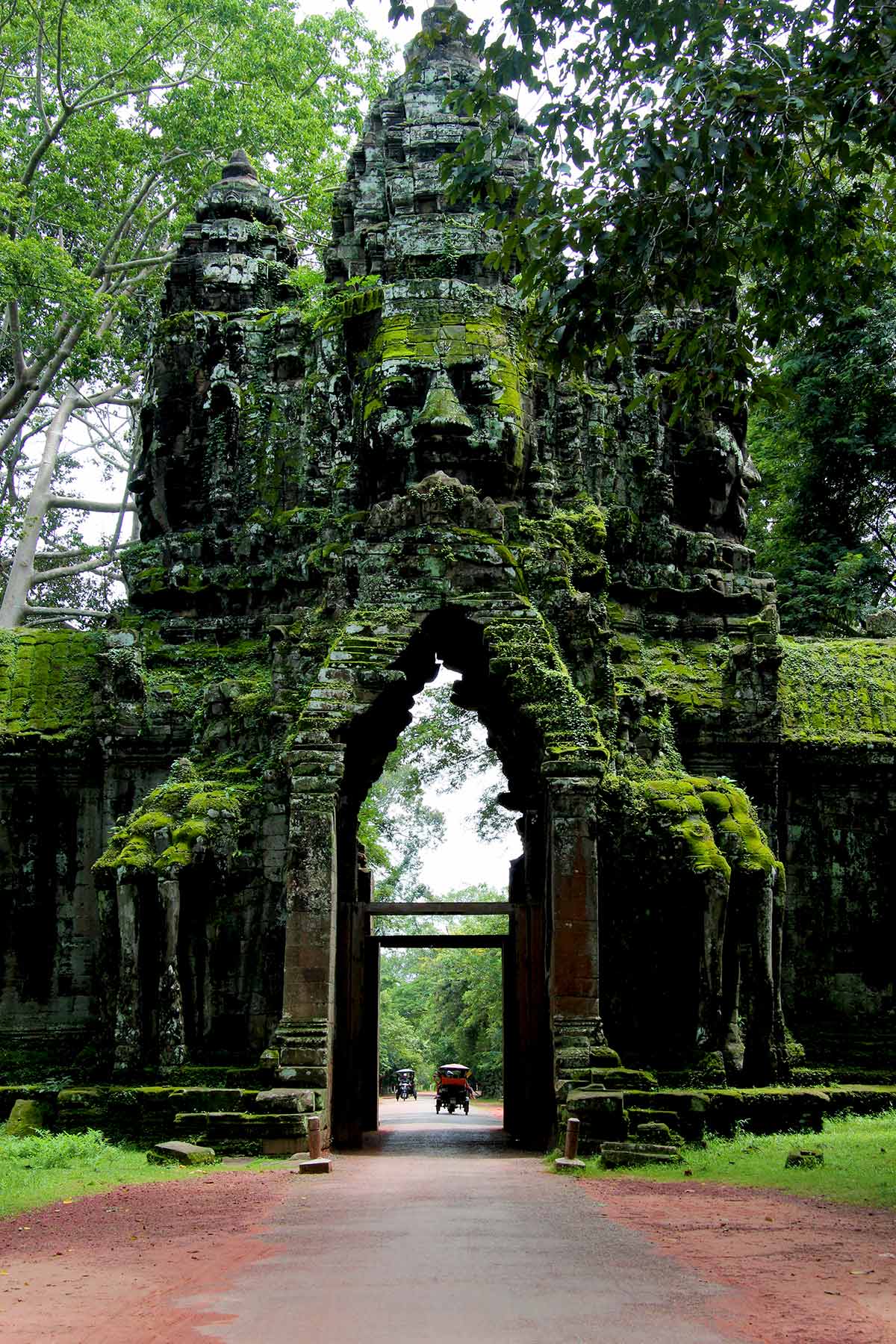
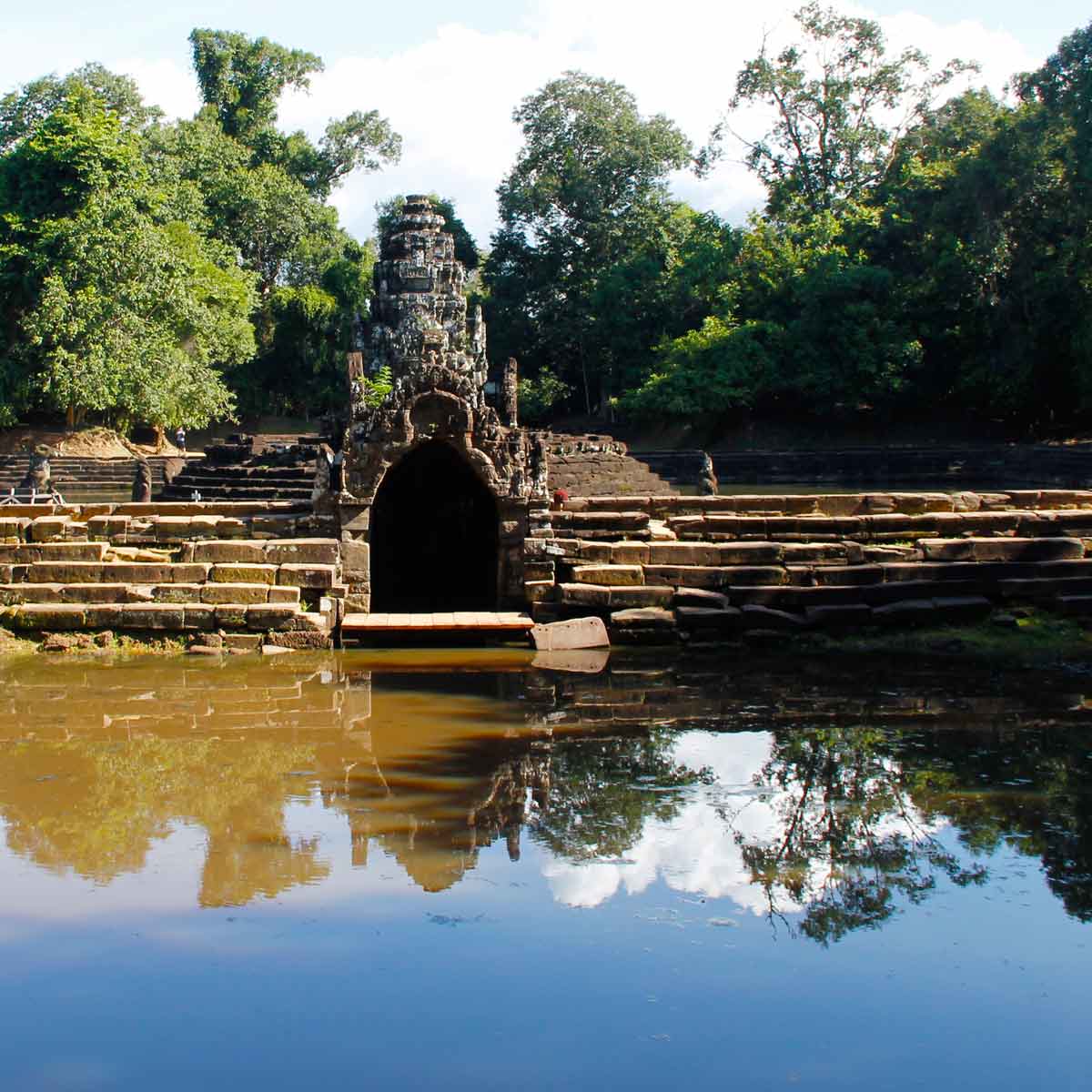
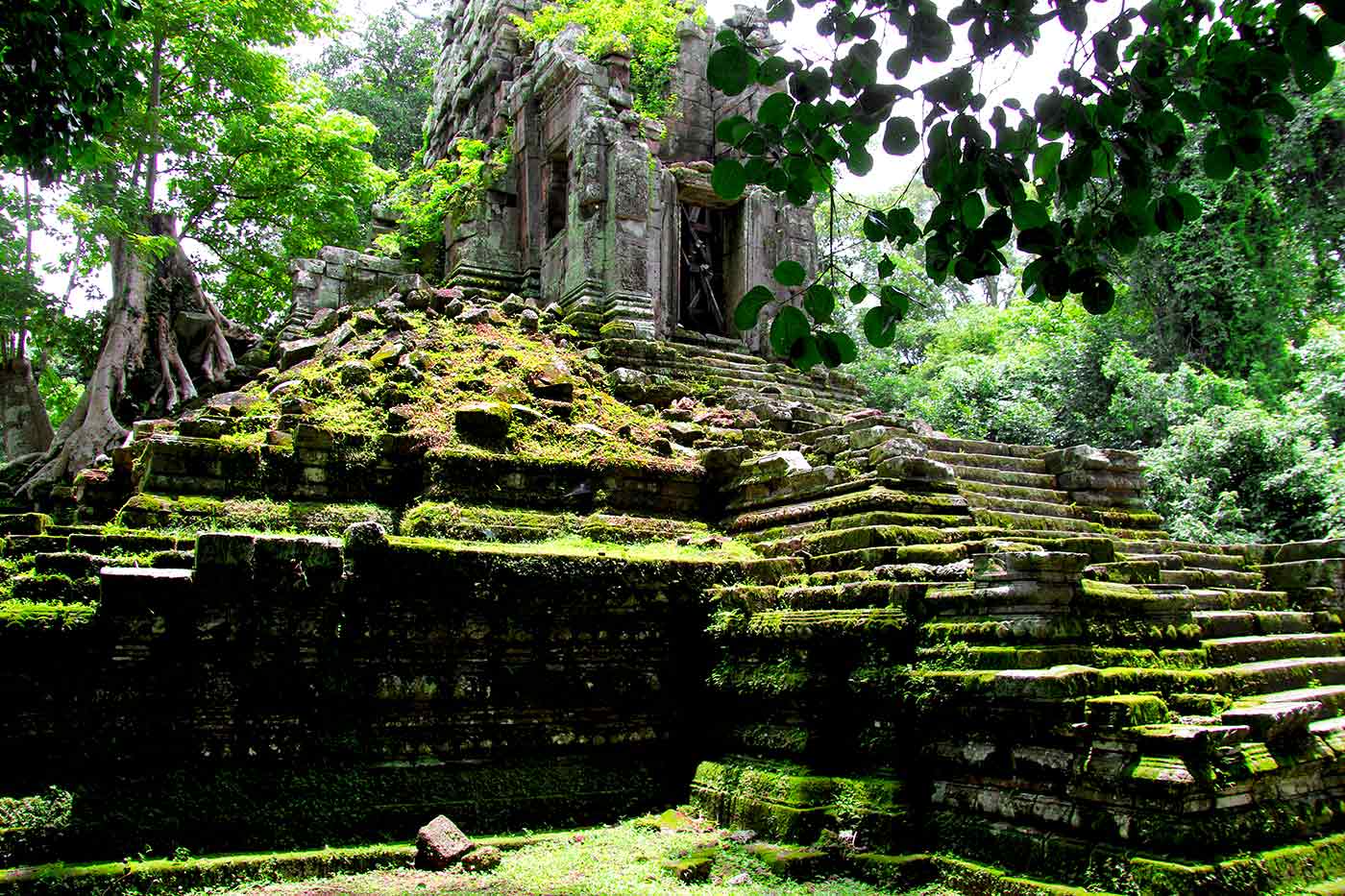
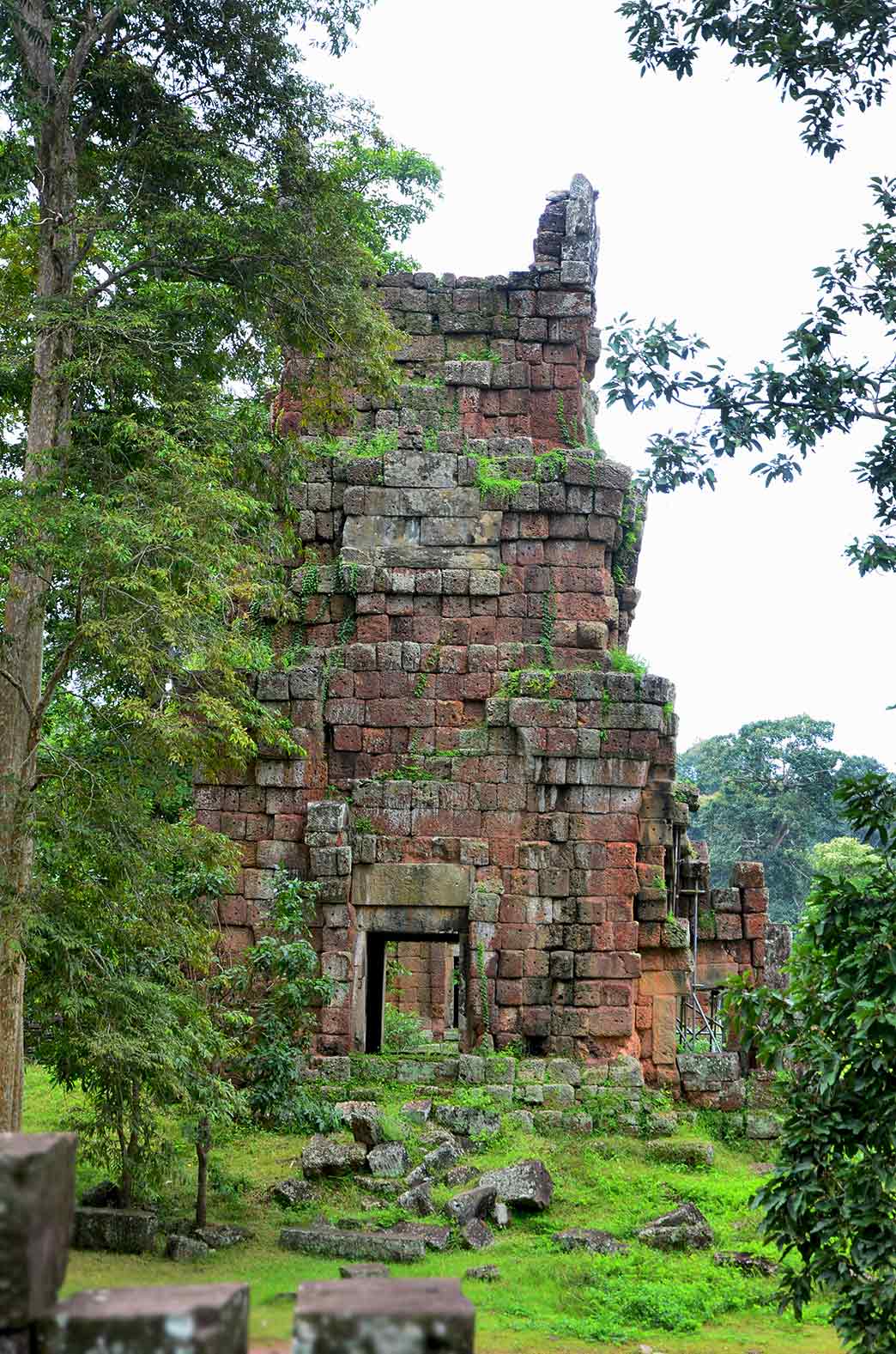
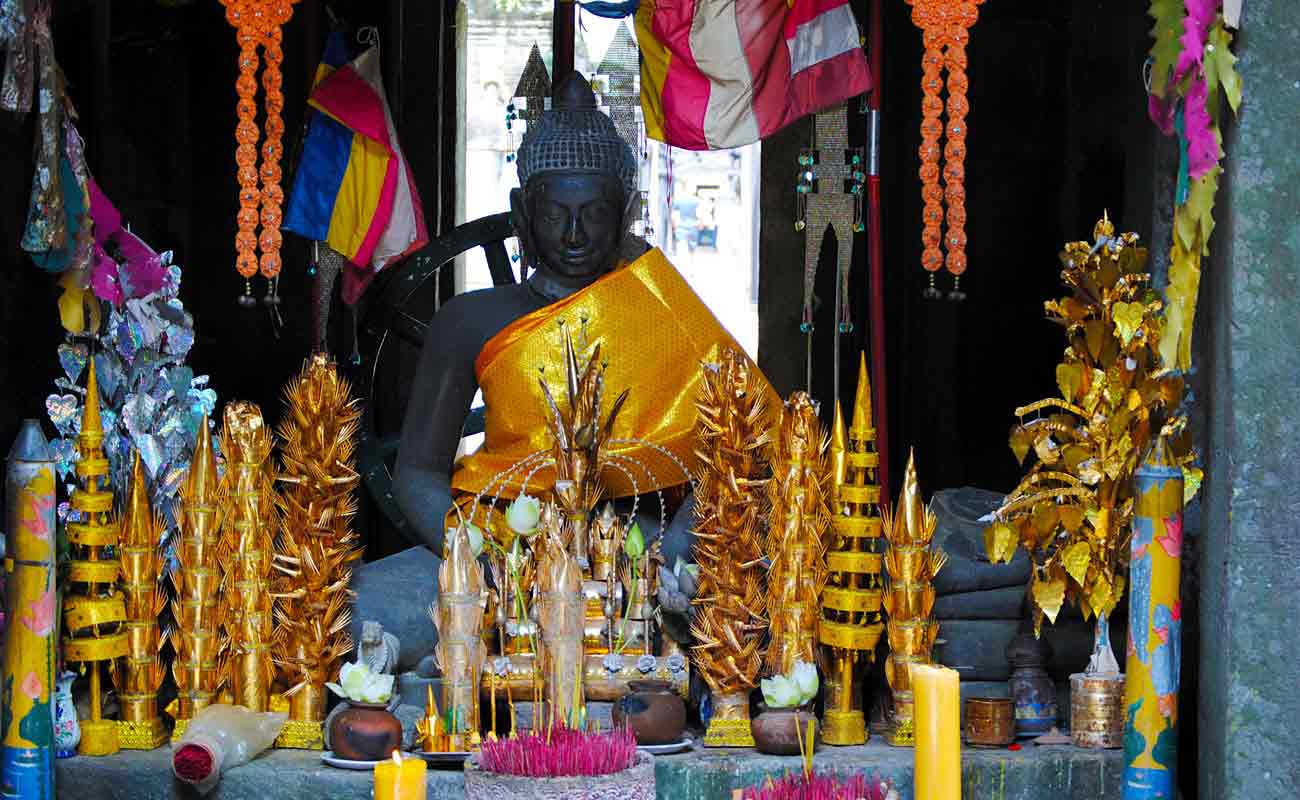
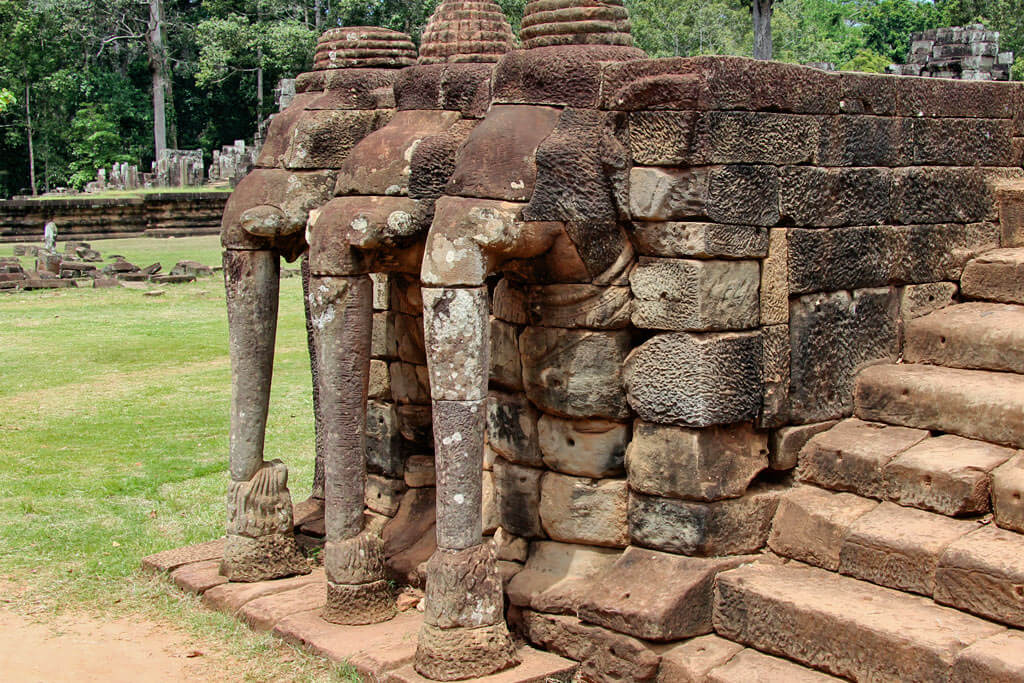
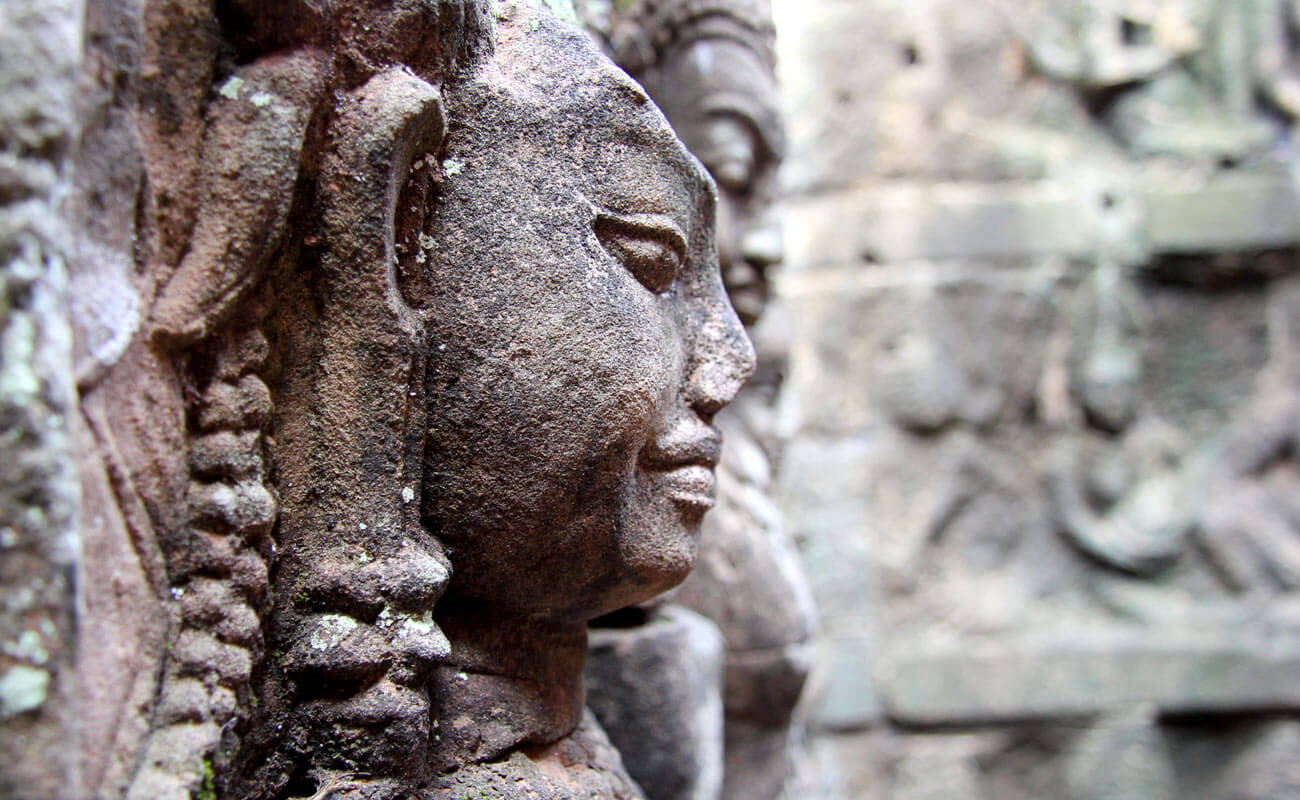
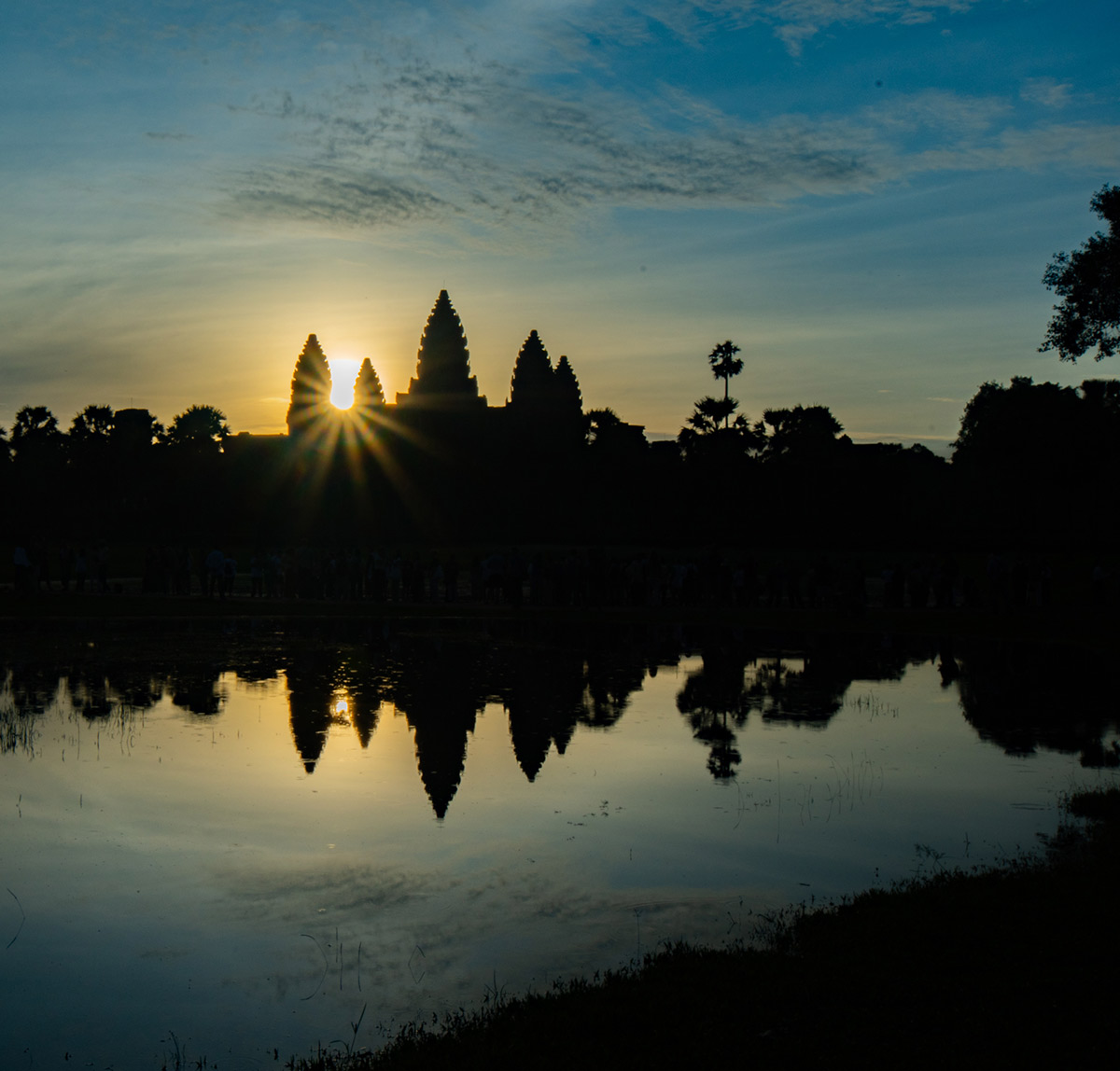

Hi, thank you for the informative overview !
Will share this